JEE Main Syllabus
Tehri Garhwal District of Uttarakhand at a Glance
| Lok Sabha Constituencies in Tehri Garhwal district, Uttarakhand (MP Constituencies) | Garhwal Tehri Garhwal |
| MLA Assembly Constituencies in Tehri Garhwal district, Uttarakhand | Devprayag Dhanolti Ghanshali Narendranagar Pratapnagar Tehri |
About Tehri Garhwal District :
Tehri Garhwal is one of the western most district of the Uttarakhand State located on the outer ranges of the mid Himalayas which comprise low line peaks rising contiguously with the planes of the northern India. The district lies between the parallels of 30.3` and 30.53` north latitude and 77.56` and 79.04` east longitude. Uttarkashi from the north, Rudraprayag from the east, Puri Garhwal from the south and Dehra Dun from the west are bounding the districts. On the western front Yamuna river separates it from Jaunsar Pragana of the Dehra Dun district while Bhagirathi rising from the north of the Gangotri in the district Uttarkashi touches the district near village Nagun. Total area of the district is 4421 sq. kms (Census 1991). The district headquarter is located at New Tehri Town. The places of tourist interests in the districts are Buda Kedar, Devprayag, Khatling Glacier, Narendra Nagar, Sem Mukhem, Chamba, Dhanaulti, Kunjapuri New Tehri, Surkanda Devi, Chandrabadni, Kempty Fall and Nagtibba
District at a Glance :
- District –
- Headquarters –
- State
- Total –
- Rural –
- Urban –
- Population
- Rural –
- Urban –
- Male –
- Female –
- Sex Ratio (Females per 1000 males) –
- Density (Total, Persons per sq km) –
- Assembly
- Loksabha –
- Official Website –
Tourist Place :
Buda Kedar :
This temple is situated at the confluence of the Bal Ganga and Dharam Ganga rivers, at a motorable distance of 59 kms. from Tehri. It is believed that Duyodhan offered tarpana here.
 According to legends, it is at this temple that the Pandavas encountered Rishi Balkhily at Bhrigu Parvat when they were on the lookout for Shiva after the Kurukshetra battle. The Rishi directed them to the site of the confluence to meet an old manmeditating there. But when the Pandava got there, the old man vanished and instead, a shivling appeared there. Rishi Balkhily instructed the Pandavas to embrace the Shivling in order to free themselves from their sins. Their impressions are stamped on this Shivling – the biggest Shivling in northen India.
According to legends, it is at this temple that the Pandavas encountered Rishi Balkhily at Bhrigu Parvat when they were on the lookout for Shiva after the Kurukshetra battle. The Rishi directed them to the site of the confluence to meet an old manmeditating there. But when the Pandava got there, the old man vanished and instead, a shivling appeared there. Rishi Balkhily instructed the Pandavas to embrace the Shivling in order to free themselves from their sins. Their impressions are stamped on this Shivling – the biggest Shivling in northen India.
Devprayag :
Situated at the confluence of the Alaknanda and the Bhagirathi, the town of Devaprayag lies at an altitude of 472 m. on the metalled road running from Rishikesh to Badrinath and about 87 km. from Narendra Nagar. Near the town there are two suspension bridges, one each on the Bhagirathi and the Alaknanda. The metalled road to Badrinath crosses the former by a third bridge. The town is the headquarters of the tahsil of the same name and is one of the five sacred prayags (confluences) of the Alaknanda. Tradition has it that the town is named after Deosharma, a sage, who led a life of penance here and succeeded in having a glimpse of God.
The great temple of Raghunathji is claimed to have been erected some ten thousand years ago and is built of massive uncemented stones. It stands upon a terrace in the upper part of the town and consists of an irregular pyramid capped by a white cupola with a golden ball and spire. Religious ablutions take place at 2 basins excavated in the rock at the junction of the holy streams – on the Bhagirathi known as the Brahm Kund and the other on the Alaknanda called the Vasisht Kund. The temple, along with the other Buildings of the town, was shattered by an earthquake in 1803 but the damage was subsequently repaired through the munificence of Daulat Rao Sindhia. The temple is visited by a large number of pilgrims every year.

The town is the seat of the pandas of the Badrinath Dham and possesses a post and telegraph office, a public call office, a police out-post, a dak bungalow of the public works department and a hospital.
Besides the temple of Raghunathji, there are in the town Baital Kund,Brahm Kund,Surya Kund and Vasisht Kund; the Indradyumna Tirth,Pushyamal Tirth, Varah Tirth ; Pushpavatika ; Baitalshila and Varahishila ; the shrines of Bhairava, Bhushandi, Durga and Vishveshvara ; and a temple dedicated to Bharata. A bath at Baithalshila is claimed to cure leprosy.
Nearby is the Dasharathachal Peak, containing a rock, known as Dashrathshila, on which Raja Dasharath is said to have led a life of penance.A small stream, the shanta running down from the Dasharathachal, is named after Shanta, the daughter of Raja Dasharath and is considered to be sacred.
Chamba :60 kms. from Mussoorie and 48 kms. from Narendra Nagar on the road to Gangotri. Chamba is a township lying high at an altitude of 1676 mts., offering a splendid view of the snow-capped Himalayas and the serene Bhagirathi valley. Chamba happens to be a focal point, being located at the junction of roads leading from Mussoorie, Rishikesh, Tehri and New Tehri. The Chamba- Mussoorie fruit belt is also famous for its delicious apples. Jal Nigam Rest House, Tourist Rest House, Hotel Akash Deep, Akash Lok, Neelkant, Social Palace & Hotel Classic Hill Top provide comfortable accommodation
Pithoragarh District of Uttarakhand at a Glance
| Lok Sabha Constituencies in Pithoragarh district, Uttarakhand (MP Constituencies) | Almora |
| MLA Assembly Constituencies in Pithoragarh district, Uttarakhand | Dharchula Didihat Gangolihat Pithoragarh |
About Pithoragarh District :
Pithoragarh District having its entire northern and eastern boundaries being international, assumes a great strategicsignificance and, obviously, is a politically sensitive district along the northern frontier of India. The Pithoragarh town is located at a height of 1645 meters above sea level.The district lies between 29.4° to 30.3° North latitude and 80° to 81° East longitude along the eastern and southern part of the central Himalayas with Indo-Tibbetan watershed divide in the north and the Kali river forming a continuous border with Nepal in the east. The Pithoragarh district is surrounded by the national boundaries of Almora, Champawat, Bageshwar and Chamoli districts and extends over an area of 7,217.7 sq. kms. The district is administratively divided into 11 Tehsils and 8 Blocks. The places of tourist interests in the districts are Chandak, Thal Kedar, Gangolihat famous for its kali temple, Patal Bhuvneshwar, Berinag Tea Garden of Chaukori, Didihat, Munsyari, Dharchula and Jauljibi.
District at a Glance :
- District –
- Headquarters –
- State
- Total –
- Rural –
- Urban –
- Population –
- Rural –
- Urban –
- Male –
- Female –
- Sex Ratio (Females per 1000 males) –
- Density (Total, Persons per sq km) –
- Assembly
- Loksabha –
- Official Website –
Tourist Places :
Chandak : Situated 7 Kms away by bus through an uphill climb  Chandak constitutes the northern of Soar Valley.The famous temple of Mostamanu is 2 Km. from Chandak. Chandak offers a fascinating view of the Himalayan ranges and the sprawling Soar Valley. It is a potential hang gliding resort and the magnesite mining factory is located too here.
Chandak constitutes the northern of Soar Valley.The famous temple of Mostamanu is 2 Km. from Chandak. Chandak offers a fascinating view of the Himalayan ranges and the sprawling Soar Valley. It is a potential hang gliding resort and the magnesite mining factory is located too here.
Thal Kedar : Known for its famous temple of Mahadev. 16 Km from Pithoragarh. Jayanti Temple of Dhwaj 21 Km via Totanaula. Cave temple of Kapileshwar. Cave temple at Rai , Ulka Devi Temple, Kailash Ashram Wadda , Hanuman Temple etc.
Gangolihat : An important religious place and rich in folk culture and ancient myths , is  situated 77 Km from Pithoragarh . It is particularly well known for the famous Mahakali temple where the Shakti Peeth was installed by Shankaracharya himself. During Navratries a fair is held on the occasion of which devotees offer pujas-along with sacrifices. 2 Km from Gangolihat near the Mankeshwar temple are the ruins of the fort which once belonged to the Mankotis -an obscure dynasty of Kumaon region. 2 Km away is Uprara, the native village of poet ‘Gumani’, the first Kumaoni poet, who also wrote in Hindi, Sanskrit and Nepali with great dexterity and command. 4 Km east from Uprara, near the village of Tamanauli is the Bharbhyo cave.
situated 77 Km from Pithoragarh . It is particularly well known for the famous Mahakali temple where the Shakti Peeth was installed by Shankaracharya himself. During Navratries a fair is held on the occasion of which devotees offer pujas-along with sacrifices. 2 Km from Gangolihat near the Mankeshwar temple are the ruins of the fort which once belonged to the Mankotis -an obscure dynasty of Kumaon region. 2 Km away is Uprara, the native village of poet ‘Gumani’, the first Kumaoni poet, who also wrote in Hindi, Sanskrit and Nepali with great dexterity and command. 4 Km east from Uprara, near the village of Tamanauli is the Bharbhyo cave.
Accommodation : P.W.D. Rest House, Gopal Tourist Lodge, Shah Tourist Lodge.
Places of Tourist Attraction : Mahakali Temple , Chamunda Temple ,Mankeshwar Temple ,Cave Temple of Patal Bhuvneshwar.
Berinag : A small township facing the glorious snow clad pieces of Himalayas. Berinag is situated at a distance of 102 Km from Pithoragarh at an elevation of 1720 meters.
Accommodation :Tourist Rest House(Chaukori), P.W.D. Rest House, Hotels Kailash Darshan and Kamal Vihar.

Places of Tourist Attraction : Snake Temples, Tripura Devi Temple, Cave Temple of Koteshwar, Tea Gardens of Chaukori,
Chaukori : Eleven Km away from Berinag,  Garaun water falls four Kms to the east of the Berinag, Musk Deer Farm at Kotmanya, Him Darshan Kutir at Dharamghar.
Garaun water falls four Kms to the east of the Berinag, Musk Deer Farm at Kotmanya, Him Darshan Kutir at Dharamghar.
Thal : An important transit station for Mun- syari and Chaukori (Berinag). Thal is 62 Km away from Pithoragarh and is situated on the banks of Ram Ganga.
Places of Tourist Attraction :Ek Hatiya Temple, a monolithic shrine in Amiya village is 2 Km away from the motor road.
Kot Gari Devi : Situated about 9 Kms from Thal the temple of Kotgari is held to be the final divine court of appeal for the deprived and the victim of cruelty and injustice.
Didihat : 55 Kms from Pithoragarh, Didihat is situated at an elevation of 1725 meters.
Accommodation : P.W.D. Rest House, Tourist Rest House.
Hotels : Anand Hotel, Kumaun Hotel, National Hotel, Sharma Hotel.
Places of Tourist Interest : Seerakot fort cum Temple : 3 Km from Didihat Govt. Sericulture Garden is situated near G.I.C.
Munsyari : Munsyari, the center as well as the gateway of Johar region is
 |
 |
situated 154 Km from Pithoragarh at an elevation of 2298 meters and is snuggled in the folds of snow clad mountains.
Accommodation : P.W.D. Rest House, Tourist Rest House.
Hotel : Himani Tourist Lodge, Zara Residency.
Places of Tourist Interest :Munsyari is the base station for traks to Millam, Ralam and Namik Glaciers.
Dharchula : Situated at the banks of Kali river at the border of Pithoragarh district, Dharchula is 94 Km from Pithoragarh and is an important camp along the Kailash Mansarovar, Chotta Kailash and Narayan Ashram route.
Accommodation : N.H.P.C. Guest House , P.W.D. Rest House , Tourist Reception Centre and Hotel Yash.
Places of Tourist Attraction
 Narayan Ashram : Established by Narayan Swami in 1936 , Narayan Ashram is situated at a distance of 17 Kms from Tawaghat. The Ashram is a spiritual cum socio-educational centre.
Narayan Ashram : Established by Narayan Swami in 1936 , Narayan Ashram is situated at a distance of 17 Kms from Tawaghat. The Ashram is a spiritual cum socio-educational centre.
Jauljibi : A point of confluence of the river Gori and Kali and of three different cultures, is situated at a distance of 77 Km from Pithoragarh.
 |
 |
During the autumn season Jauljibi pulsates with an important trade fair which is an indication of the cultural and commercial prosperity of the region. Along the Kailash Mansarovar route, from Gunji (3500 m), one can move along the quieter Kali to walk to 10 Km to reach Kalapani (3600 m). There are pine, bhojpatra and juniper forests in this region. Although the river has been coming all the way from Lipulekh pass, the small pool formed under a huge rock is considered to be the source of the Kali. There are snow -clad mountains all around and Vyas’s cave is to be found on the mountain in front of Rishi Vyas that the region is known as Byans. There is also a hot water spring at Kalapani.
Adventure Spots : The department of tourism proposes to create and provide necessary infrastructure, equipments and the allied facilities for adventures sports like:
(a) Hang Gliding, (b) Para Gliding

Gliders can be made available on hire and conveyance to the gliding point and first aid facilities can be provided. Chandak, Munakot and Dwaj have been proposed into gliding points.
Soumen Sen

Hon’ble Justice Soumen Sen
The Hon’ble Justice Soumen Sen was born on 27th July, 1965 at Kolkata. He did his schooling from St. Lawrence High School at Kolkata. He passed the LL.B. Examination (5 years) from the University of Calcutta in the year 1990 securing the highest mark and stood First in the said Examination. He participated in Debates and Moot Court Competition and adjudged First in order of merit for individual performance at the XII All India Moot Court Competition 1989 held in Pondicheri in connection with selection for the International Division of Philip C. Jessup International Law Moot Court Competition – 1989. Enrolled as an Advocate under Bar Council of West Bengal in January, 1991. Practiced as an Advocate in the Hon’ble High Court at Calcutta both in the Original Side and Appellate Side and before other Courts/Tribunals for last 20 years designated as Senior Central Government Advocate. Appeared in Civil, Constitutional, Banking and Arbitration matters and on behalf of RBI, SEBI, SIDBI & other Statutory Authorities. Elevated as Judge of the Calcutta High Court on 13thApril, 2011
State Kerala Government Who’s Who
The Government :
| Governor |
|
| Took Office | 5 September 2014 |
| Chief Minister |
|
| Took Office | 25 May 2016 |
| Party | Communist Party of India (Marxist) |
| Constituency | Dharmadom |
The Legislature
| Honourable Speaker |
|
| Took Office | June 03, 2016 |
| Party | Communist Party of India (Marxist) |
| Constituency | Ponnani |
| Honourable Deputy Speaker |
|
| Took Office | 2016 |
| Party | A.Velu,Sarada |
| Constituency | Chirayinkeezhu |
| Leader Of Opposition |
|
| Took Office | 29 May 2016 |
| Party | Indian National Congress |
| Constituency |
List of council ministers KERALA :
| Sl. | DEPARTMENTS | Name of the Member & Photo |
| 1 | General Administration; All India Services; Planning and Economic Affairs; Science, Technology and Environment | 
Shri. PinarayiVijayan (Chief Minister) |
| 2 | Minister for Welfare of Scheduled Castes, Scheduled Tribes and Backward Classes, Law, Culture and Parliamentary Affairs | 
Shri. A. K. Balan |
| 3 | Minister for Revenue and Housing | 
Shri. E. Chandrasekharan |
| 4 | Minister for Higher Education, Minority Welfare, Hajj and Wakf | 
Shri. K. T. Jaleel |
| 5 | Minister for Industries, Sports and Youth Affairs | 
Shri. E. P. Jayarajan |
| 6 | Minister for Co-operation, Tourism and Devaswoms | 
Shri. KadakampallySurendran |
| 7 | Minister for Water Resources | Shri. K.Krishnankutty |
| 8 | Minister for Electricity | Shri. M. M. Mani |
| 9 | Minister for Fisheries, Harbour Engineering and Cashew Industry | 
Smt. J. MercykuttyAmma |
| 10 | Minister for Local Self Governments | 
Shri. A. C. Moideen |
| 11 | Minister for Forests, Animal Husbandry and Zoos | 
Adv. K. Raju |
| 12 | Minister for Ports, Museums, Archaeology and Archives | Shri. Ramachandran Kadannappally |
| 13 | Minister for Labour and Excise | 
Shri. T. P. Ramakrishnan |
| 14 | Minister for General Education | Prof C. Raveendranath |
| 15 | Minister for Transport | Shri. A. K. Saseendran |
| 16 | Minister for Health, Social Justice and Woman and Child Development | 
Smt. K. K. Shailaja Teacher |
| 17 | Minister for Public Works and Registration | 
Shri. G. Sudhakaran |
| 18 | Minister for Agriculture | 
Adv. V. S. Sunil Kumar |
| 19 | Minister for Food and Civil Supplies | 
Shri. P. Thilothaman |
| 20 | Minister for Finance and Coir | 
Dr. T.M Thomas Isaac |
List of Members of Parliament from Kerala (RajyaSabha-Upper House):
| Sl. | Name of the Member & Photo | Political Party |
| 1 | 
Shri Abdul Wahab |
Indian Union Muslim League |
| 2 | 
Shri A.K. Antony |
Indian National Congress |
| 3 | 
Shri Elamaram Kareem |
Communist Party of India (Marxist) |
| 4 | 
Shri Jose K. Mani |
Kerala Congress (M) |
| 5 | 
Shri K.K. Ragesh |
Communist Party of India (Marxist) |
| 6 | 
Shri Vayalar Ravi |
Indian National Congress |
| 7 | 
Shri K. Somaprasad |
Communist Party of India (Marxist) |
| 8 | 
Shri M.P. Veerendra Kumar |
Independent & Others |
| 9 | 
Shri BinoyViswam |
Communist Party of India |
List of Members of Parliament from Kerala (17 Term – Lok Sabha-Lower House):
| Sl No. | Constituency Name | Name of the Member & Photo | Political Party |
| 1 | Alappuzha (Kerala) | 
Ariff, Adv. Abdul Majeed |
Communist Party of India (Marxist) (CPI (M)) |
| 2 | Alathur (SC) (Kerala) | 
Haridas, Ms. Ramya |
Indian National Congress (INC) |
| 3 | Attingal(Kerala) | 
Prakash, Adv. Adoor |
Indian National Congress (INC) |
| 4 | Chalakudy (Kerala) | 
Benny, Shri Behanan |
Indian National Congress (INC) |
| 5 | Ernakulam (Kerala) | 
Eden, Shri Hibi |
Indian National Congress (INC) |
| 6 | Idukki (Kerala) | 
Kuriakose, Adv. Dean |
Indian National Congress (INC) |
| 7 | Kannur (Kerala) | 
|
Indian National Congress (INC) |
| 8 | Kasaragod (Kerala) | 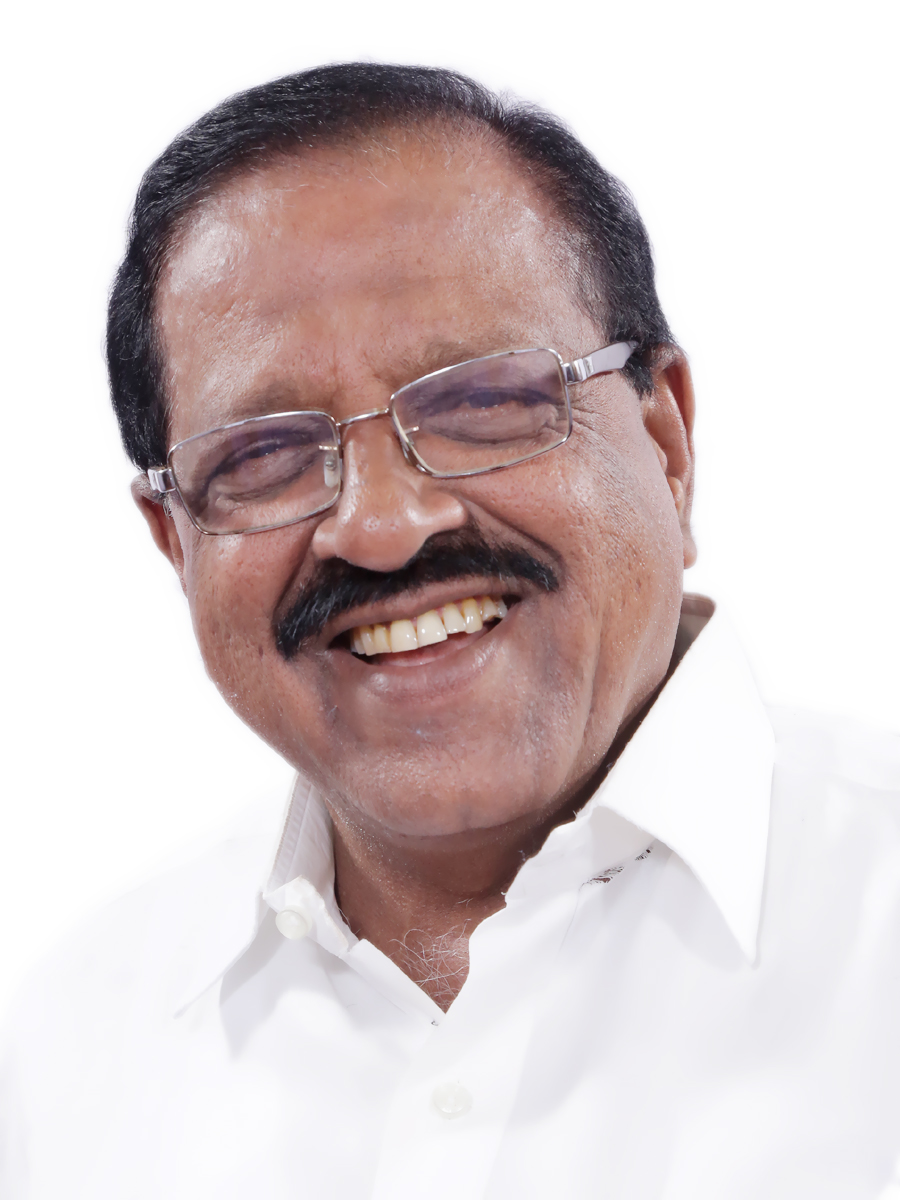
Unnithan, Shri Rajmohan |
Indian National Congress (INC) |
| 9 | Kollam (Kerala) | 
|
Revolutionary Socialist Party (RSP) |
| 10 | Kottayam (Kerala) | 
Chazhikadan, Shri Thomas |
Kerala Congress (M) (KC (M)) |
| 11 | Kozhikode (Kerala) | 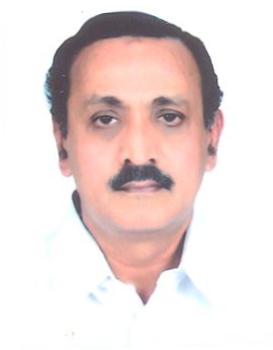
|
Indian National Congress (INC) |
| 12 | Malappuram (Kerala) | 
|
Indian Union Muslim League (IUML) |
| 13 | Mavelikkara (SC) (Kerala) | 
|
Indian National Congress (INC) |
| 14 | Palakkad (Kerala) | 
Sreekandan, Shri VellalathKochukrishnan Nair. |
Indian National Congress (INC) |
| 15 | Pathanamthitta (Kerala) | 
|
Indian National Congress (INC) |
| 16 | Ponnani (Kerala) | 
|
Indian Union Muslim League (IUML) |
| 17 | Thiruvananthapuram (Kerala) | 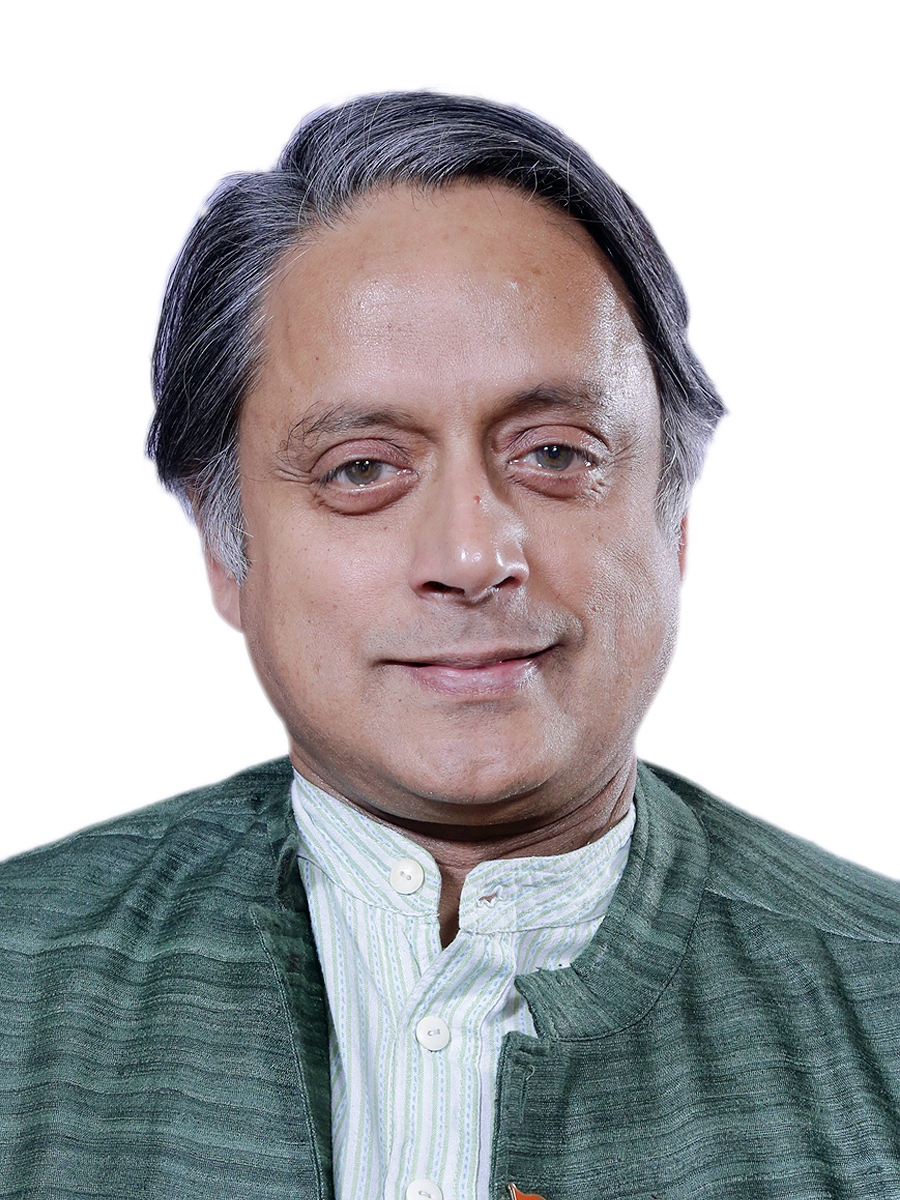
|
Indian National Congress (INC) |
| 18 | Thrissur (Kerala) | 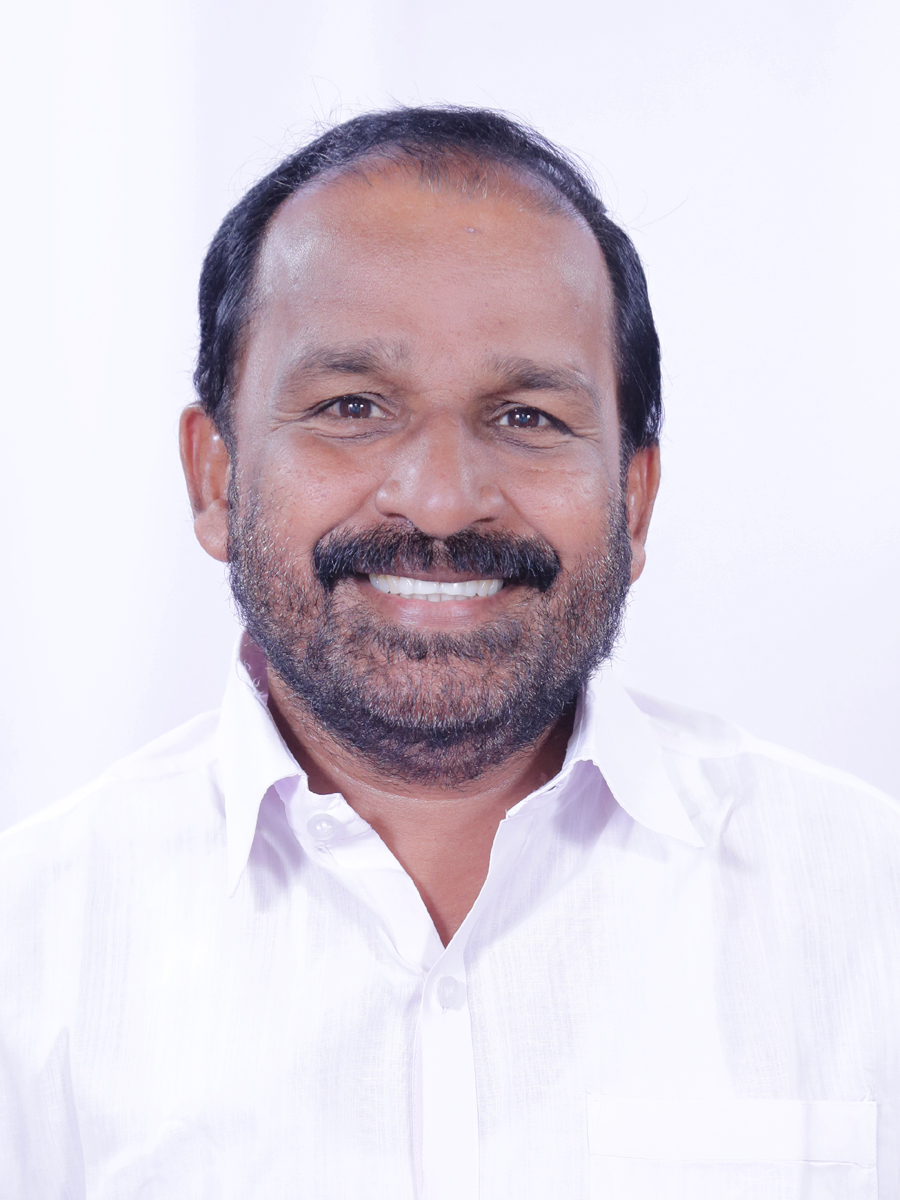
Prathapan, Shri T.N. |
Indian National Congress (INC) |
| 19 | Vadakara (Kerala) | 
|
Indian National Congress (INC) |
| 20 | Wayanad (Kerala) | 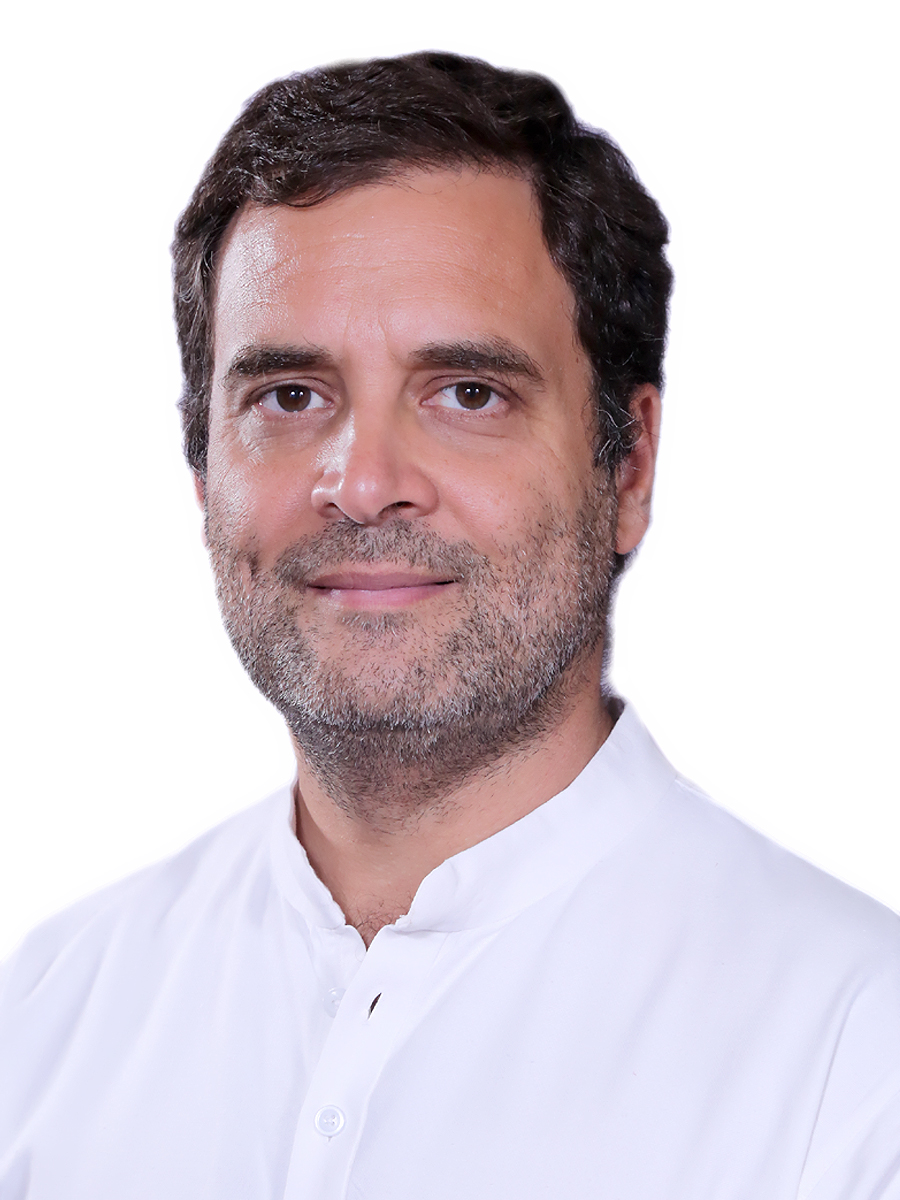
Gandhi, Shri Rahul |
Indian National Congress (INC) |
Members of Kerala Legislative Assembly :
| Sl. | Constituency | Name of the Member & Photo | Political Party |
| 1 | Manjeshwar (1) | 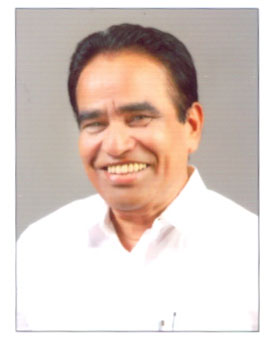
P. B. Abdul Razak |
IUML |
| 2 | Kasaragod | 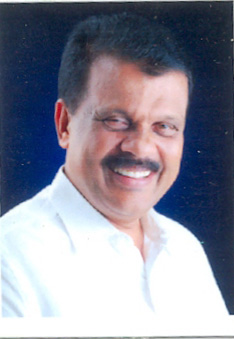
N A Nellikkunnu |
IUML |
| 3 | Udma | 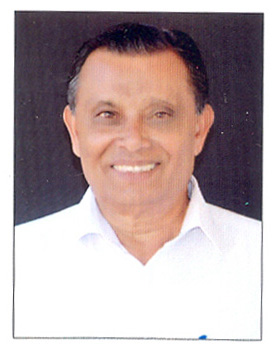
K Kunhiraman |
CPM |
| 4 | Kanhangad | 
E.Chandrashekaran |
CPI |
| 5 | Trikaripur | 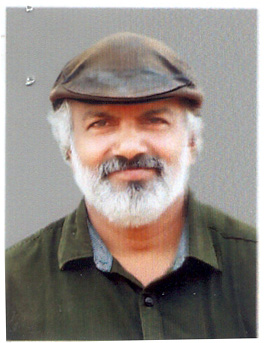
M.Rajagopalan |
CPM |
| 6 | Payyannur | 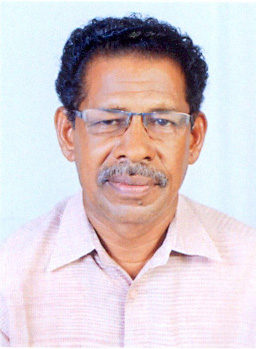
C Krishnan |
CPM |
| 7 | Kalliasseri | 
T V Rajesh |
CPM |
| 8 | Taliparamba | 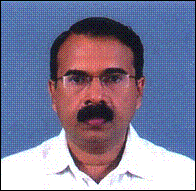
James Mathew |
CPM |
| 9 | Irikkur | 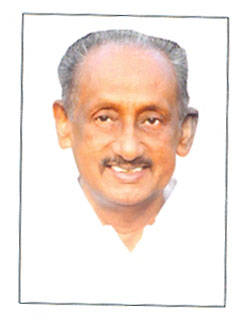
Irikkur |
INC |
| 10 | Azhikode | 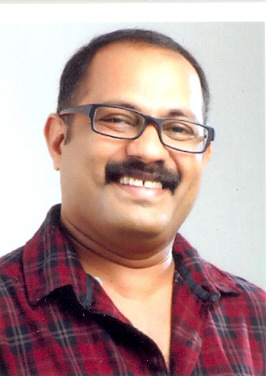
K M Shaji |
IUML |
| 11 | Kannur | 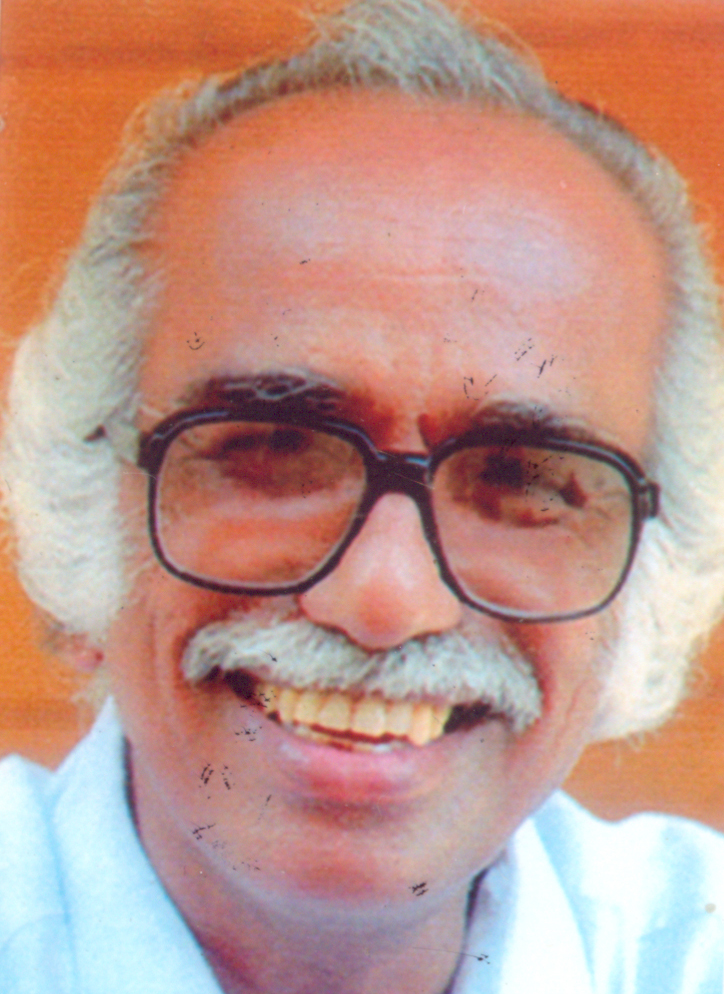
Ramachandran Kadannappalli |
C(S) |
| 12 | Dharmadam | 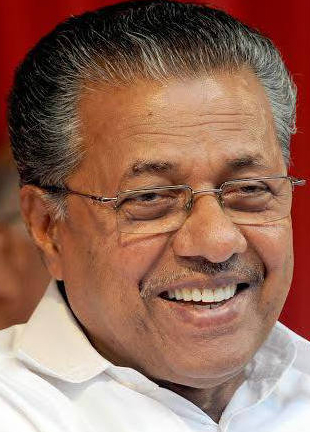
Pinarayivijayan |
CPM |
| 13 | Thalassery | 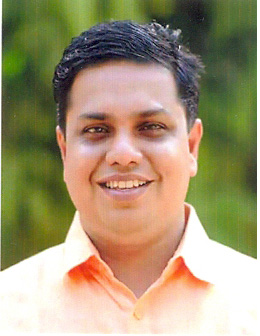
Adv. A N Shamseer |
CPM |
| 14 | Kuthuparamba | 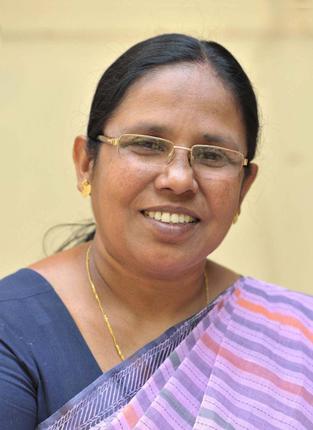
K Kshailaja Teacher |
CPM |
| 15 | Mattannur | 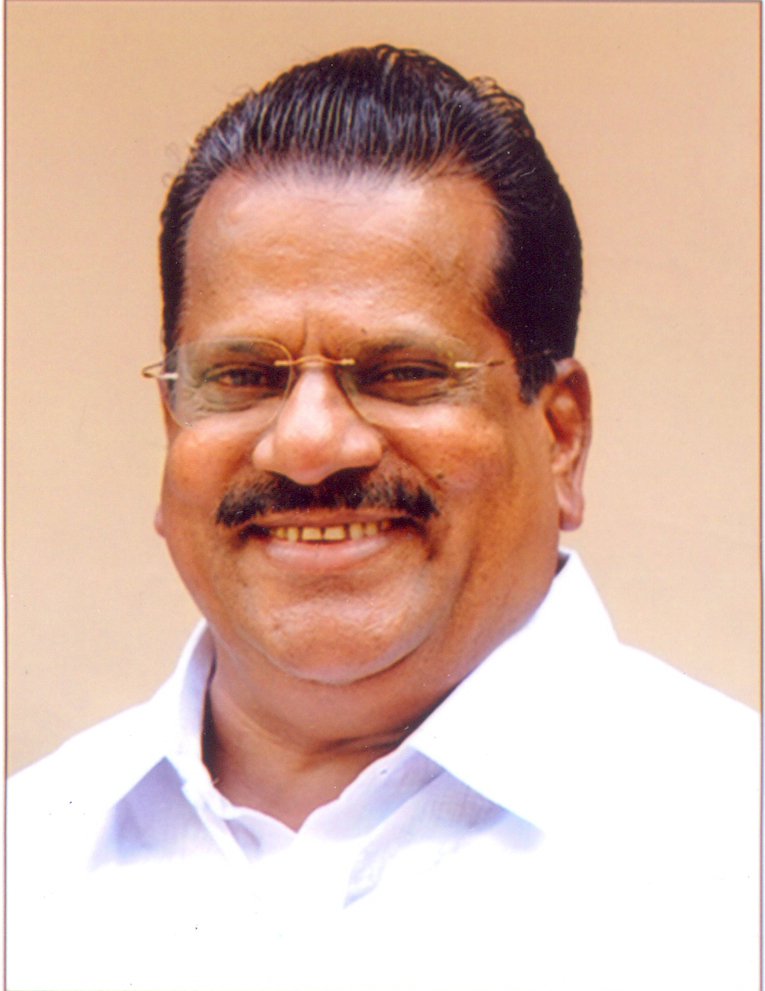
E. P. Jayarajan |
CPM |
| 16 | Peravoor | 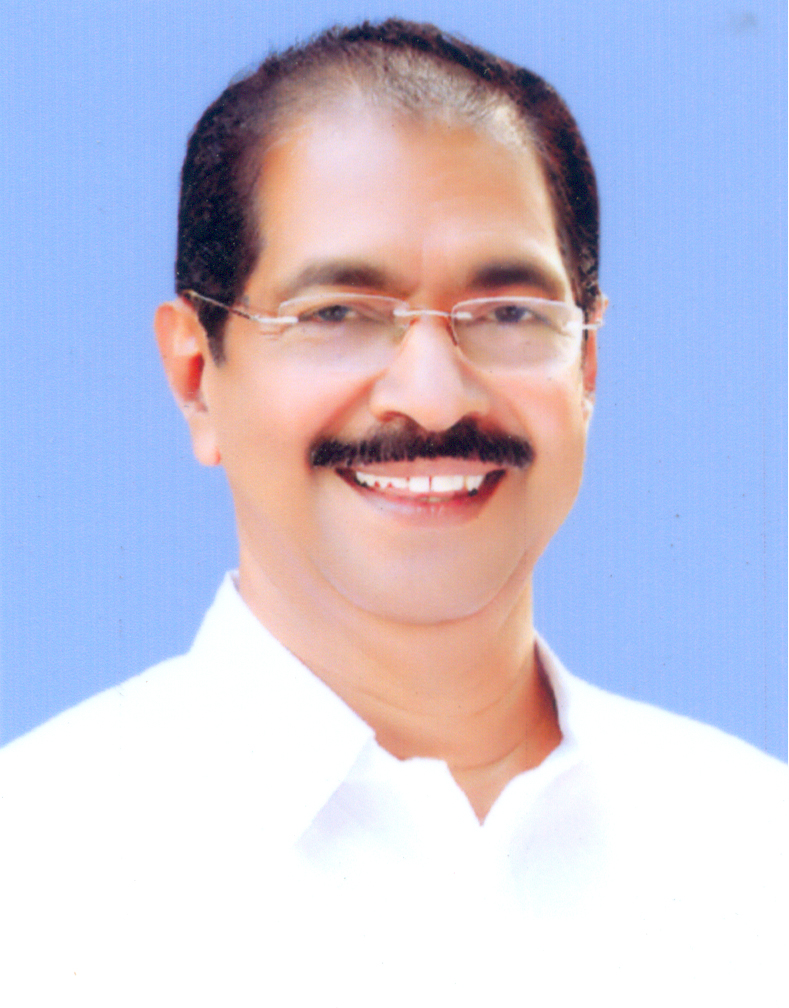
Adv. Sunny Joseph |
INC |
| 17 | Mananthavady | 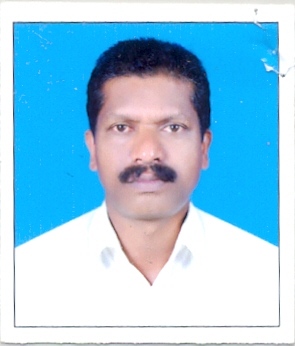
O R Kelu |
CPM |
| 18 | Sulthanbathery | 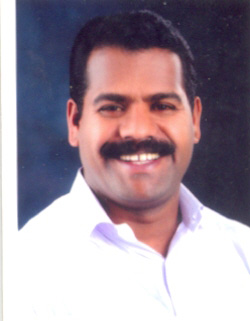
I C Balakrishnan |
INC |
| 19 | Kalpetta | 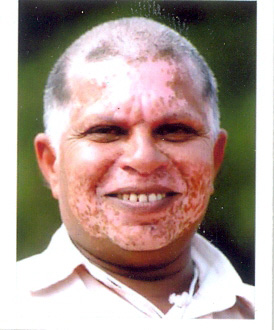
C K Saseendran |
CPM |
| 20 | Vadakara | 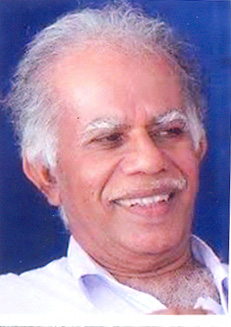
C.K.Nanu |
JD(S) |
| 21 | Kuttiadi | 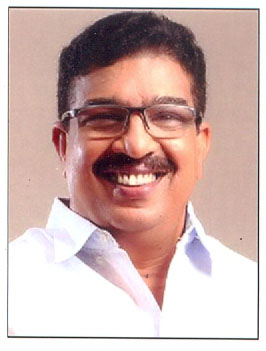
Parakkal Abdulla |
IUML |
| 22 | Nadapuram | 
E. K. Vijayan |
CPI |
| 23 | Quilandy | 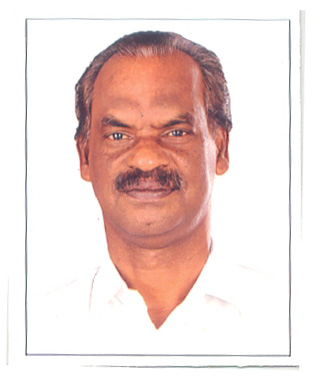
K.Dasan |
CPM |
| 24 | Perambra | 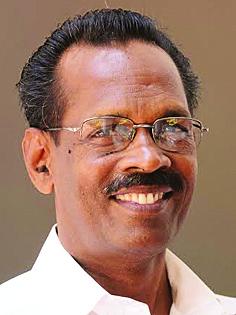
T.P.Ramakrishnan |
CPM |
| 25 | Balusseri | 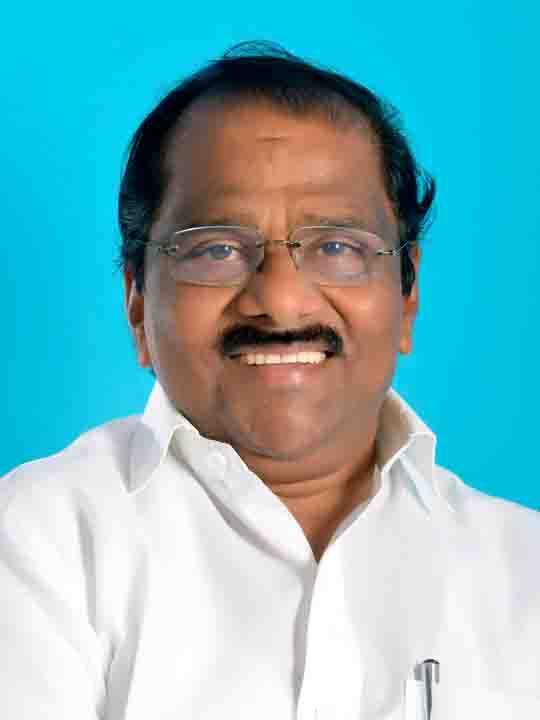
Purushuankadalundi |
CPM |
| 26 | Elathur | 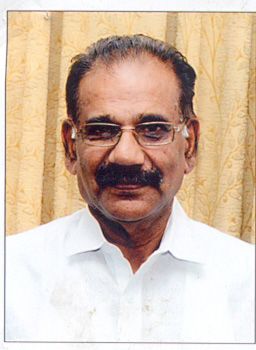
A K Saseendran |
NCP |
| 27 | Kozhikode North | 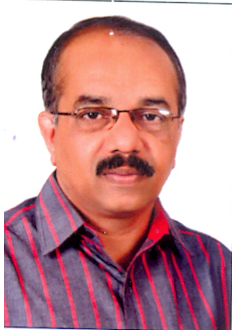
A Pradeep Kumar |
CPM |
| 28 | Kozhikode South | 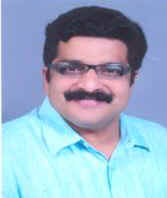
Dr. M.K.Muneer |
IUML |
| 29 | Beypore | 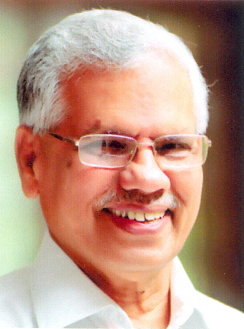
Mammedkoya V K C |
CPM |
| 30 | Kunnamangalam | 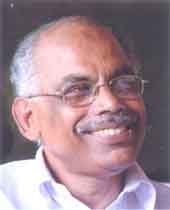
Shri P.T.A. Rahim |
IND |
| 31 | Koduvally | 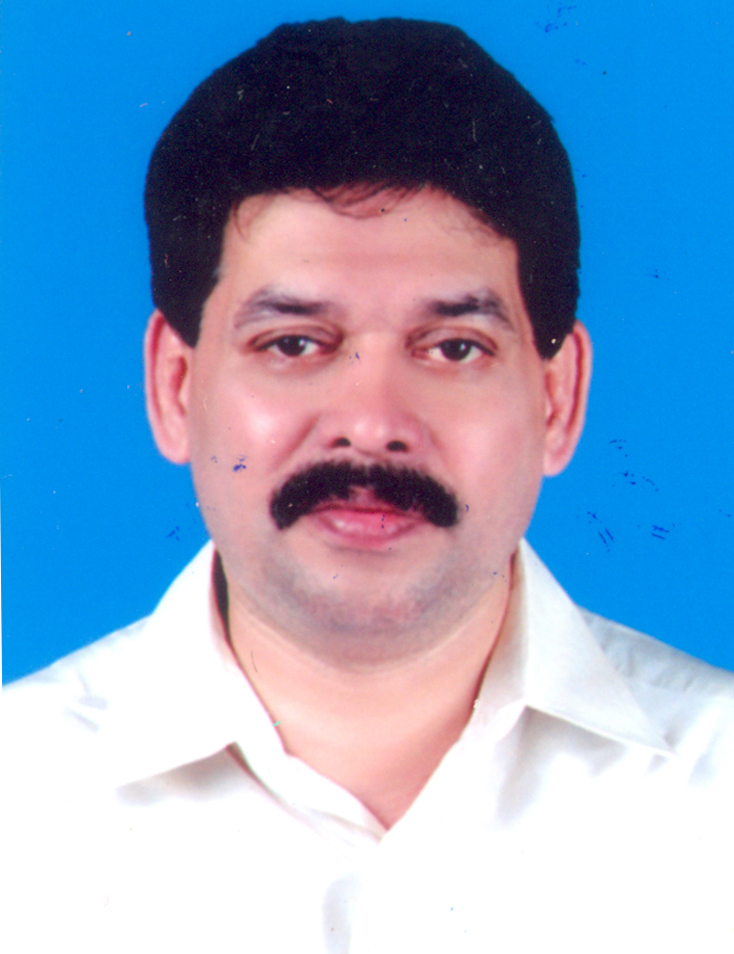
Karat Razack |
IND |
| 32 | Thiruvambady | 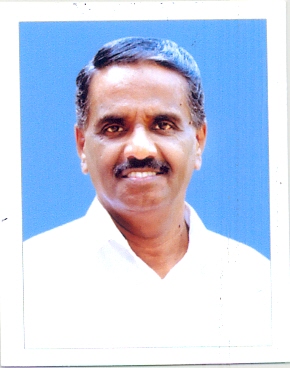
George M. Thomas |
CPM |
| 33 | Kondotty | 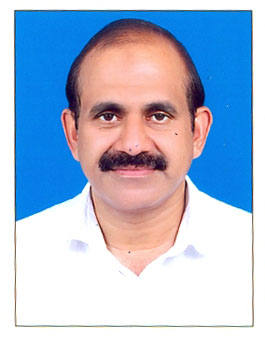
T.V. Ibrahim |
IUML |
| 34 | Eranad | 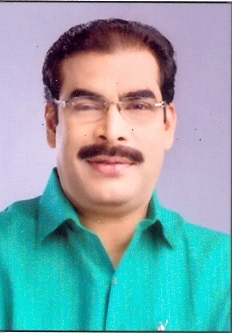
P.K Basheer |
IUML |
| 35 | Nilambur | 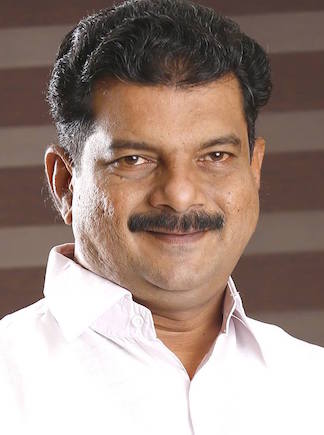
P V Anvar |
IND |
| 36 | Wandoor | 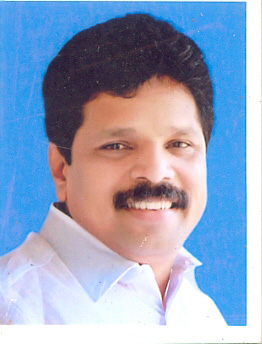
A.P.Anil Kumar |
INC |
| 37 | Manjeri | 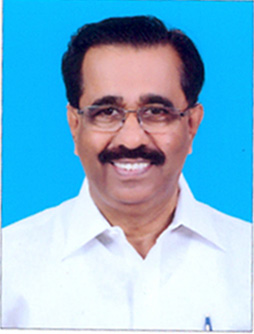
Adv. M Ummer |
IUML |
| 38 | Perinthalmanna | 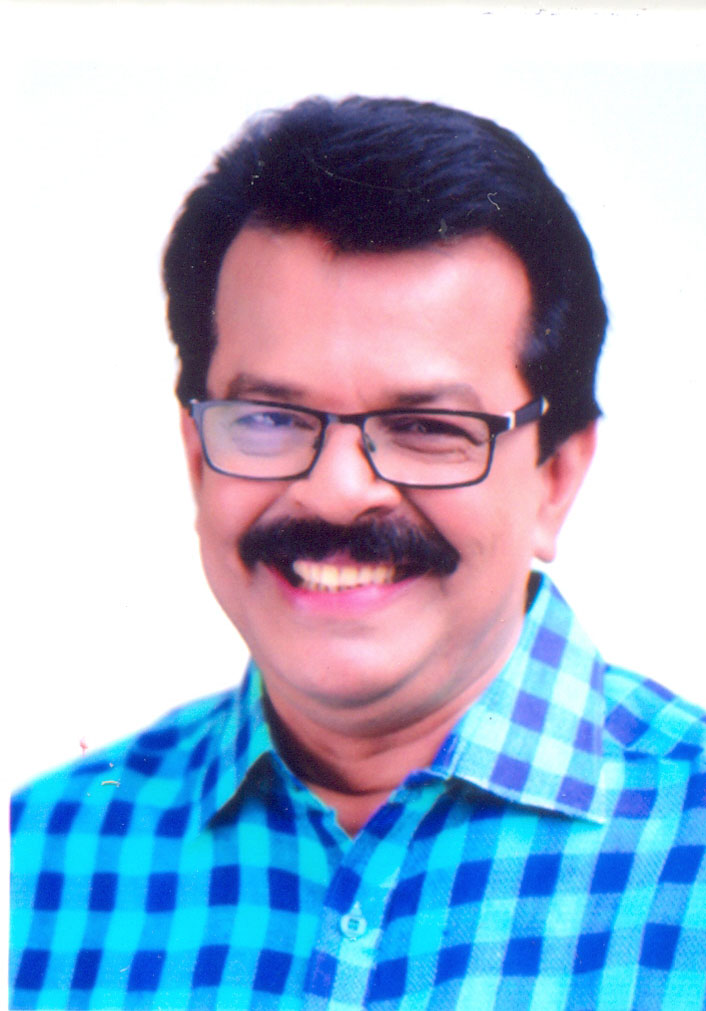
Manjalamkuzhi Ali |
IUML |
| 39 | Mankada | 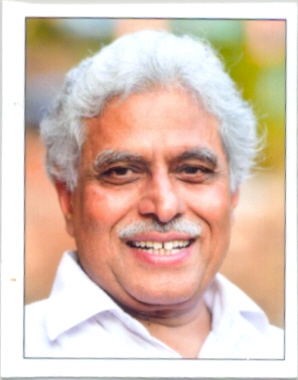
T A Ahammedkabeer |
IUML |
| 40 | Malappuram | 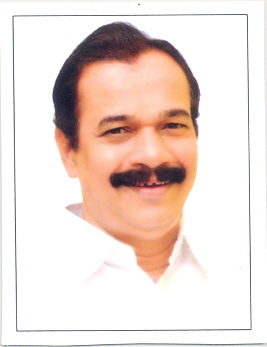
P Ubaidulla |
IUML |
| 41 | Vengara | 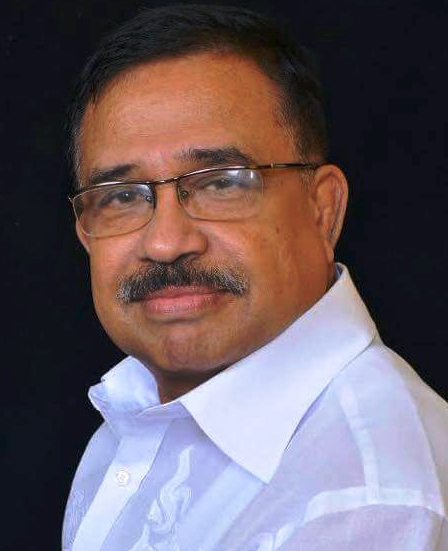
K. N. A. Khader( Oath Of Office On 9Th November 2017) |
I.U.M.L |
| 42 | Vallikkunnu | 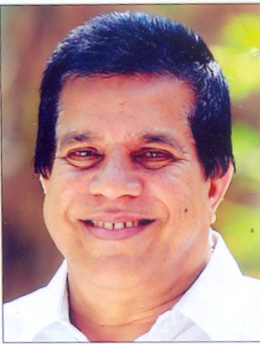
Abdul Hameed Master |
IUML |
| 43 | Tirurangadi | 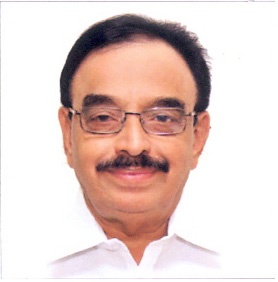
P.K Abdu Rabb |
IUML |
| 44 | Tanur | 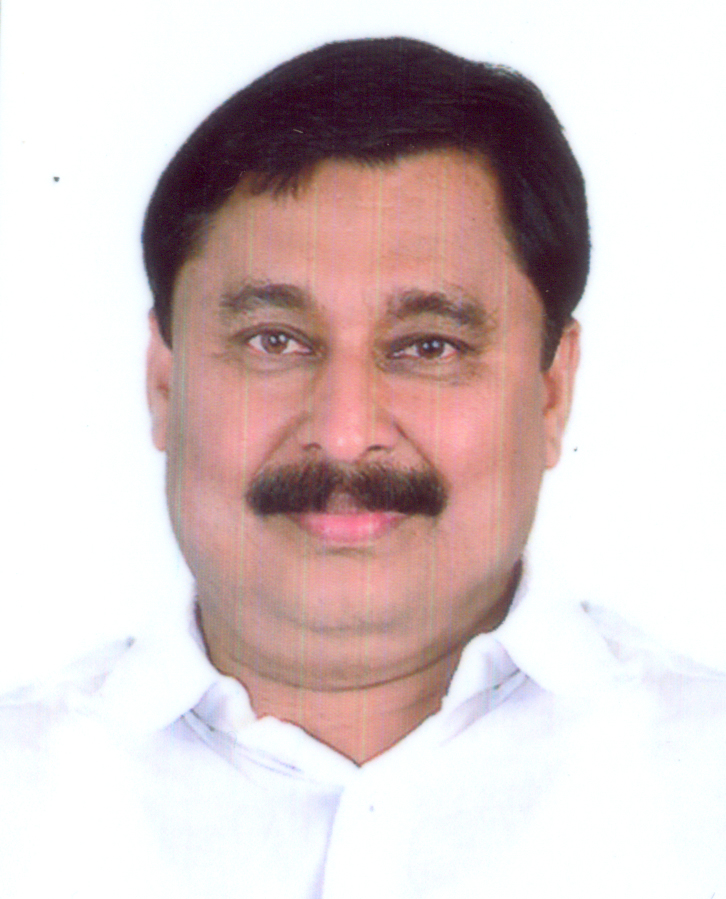
V Abdurahiman |
NSC |
| 45 | Tirur | 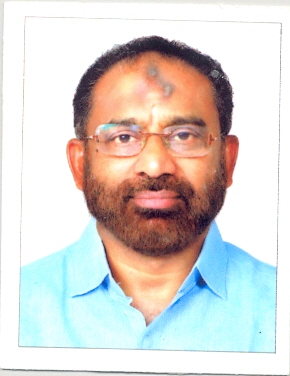
C. Mammutty (E) |
IUML |
| 46 | Kottakkal | 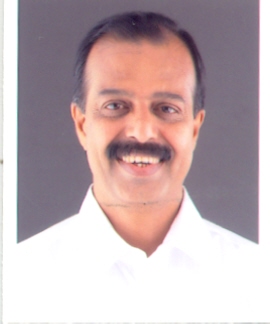
Abidhussainthangal |
IUML |
| 47 | Thavanur | 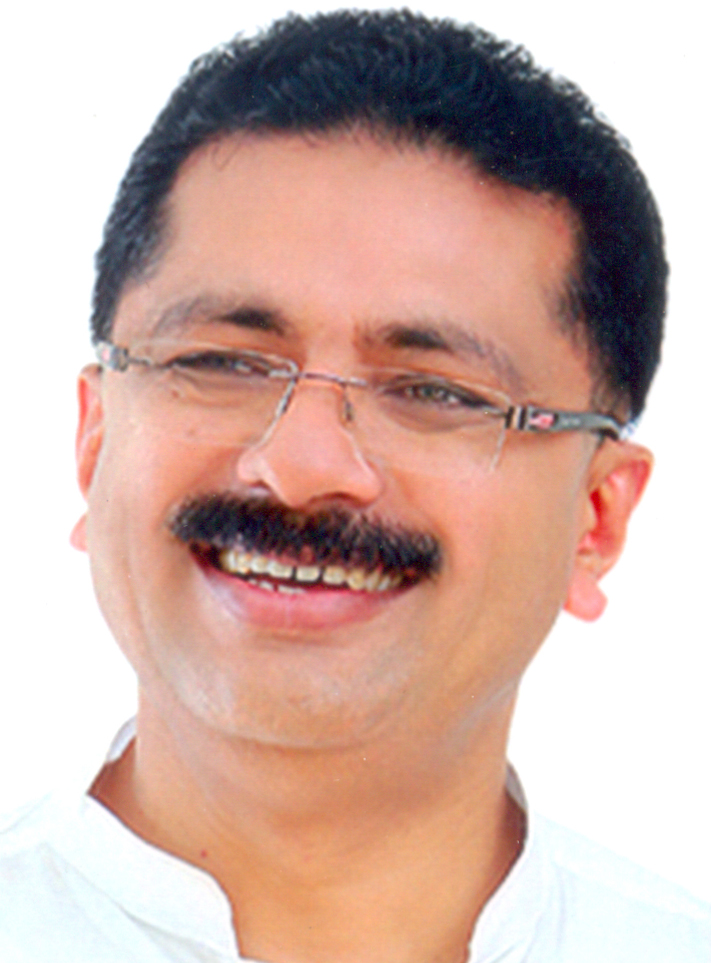
Dr. K.T. Jaleel |
IND |
| 48 | Ponnani | 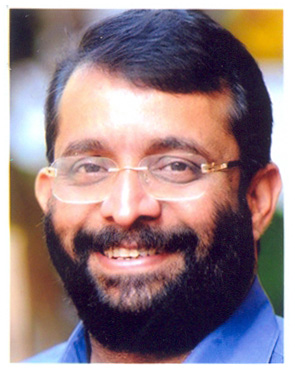
P. Sreeramakrishnan |
CPM |
| 49 | Thrithala | 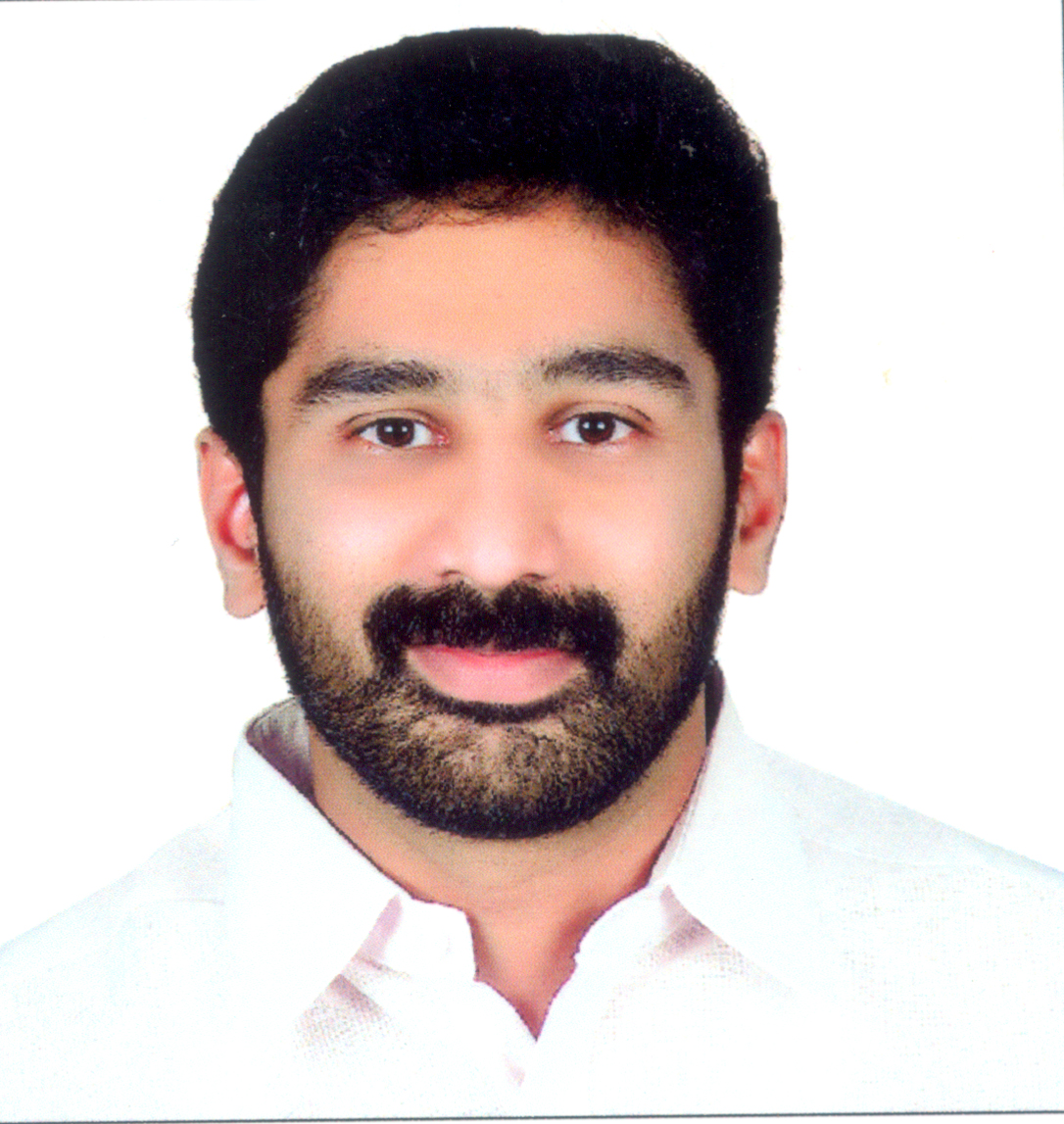
V.T. Balram |
INC |
| 50 | Pattambi | 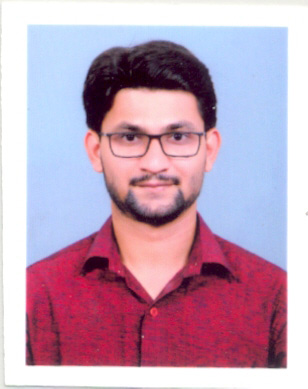
Muhammedmuhassin |
CPI |
| 51 | Shornur | 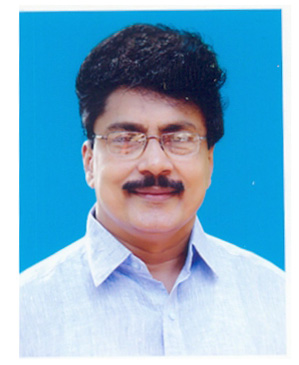
P.K.Sasi |
CPM |
| 52 | Ottapalam | 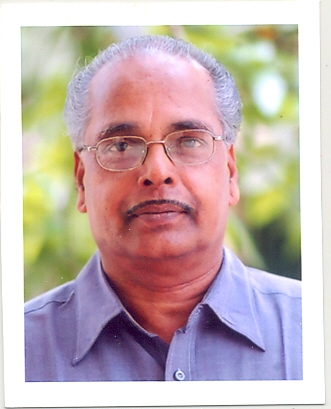
P Unni |
CPM |
| 53 | Kongad | 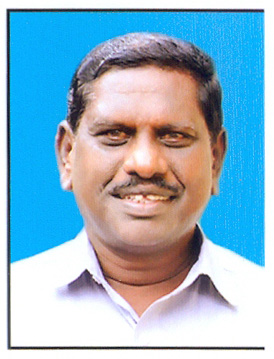
K.V.Vijayadas |
CPM |
| 54 | Mannarkad | 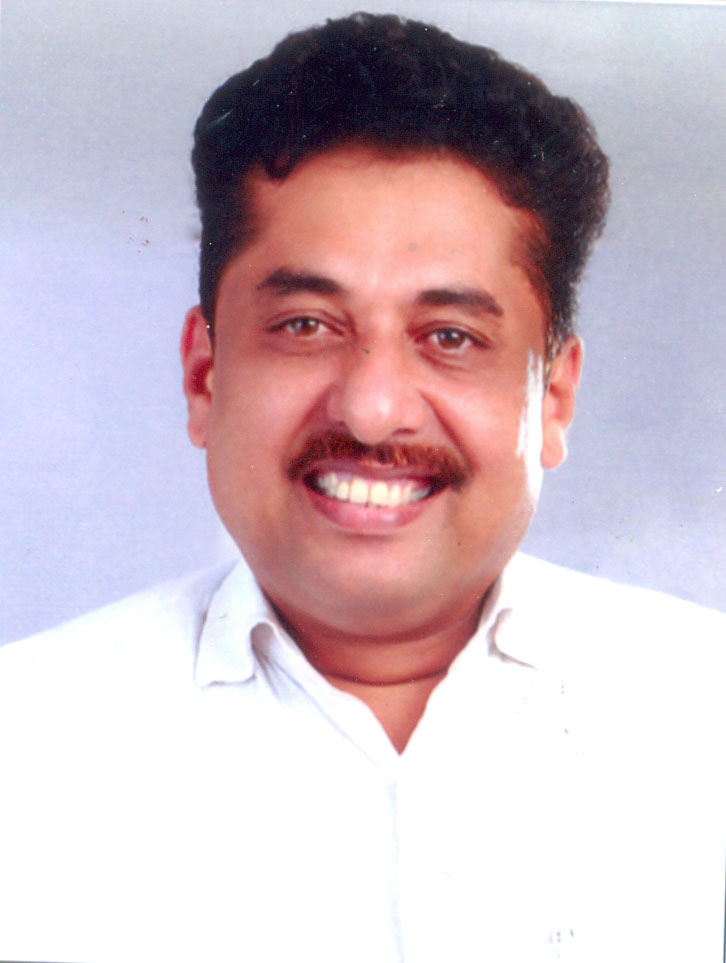
Adv.N.Samsudheen |
IUML |
| 55 | Malampuzha | 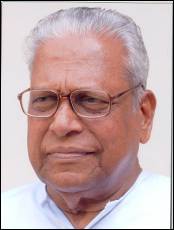
V S Achuthanandan E |
CPM |
| 56 | Palakkad | 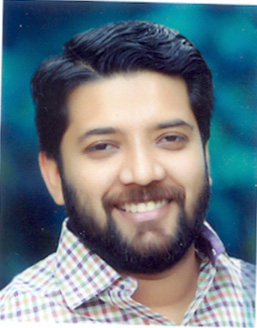
Shafiparambil |
INC |
| 57 | Tarur | 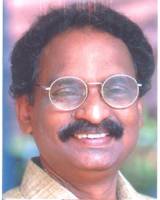
A.K.Balan |
CPM |
| 58 | Chittur | 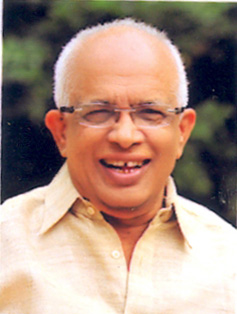
K Krishnankutty |
JD(S) |
| 59 | Nenmara | 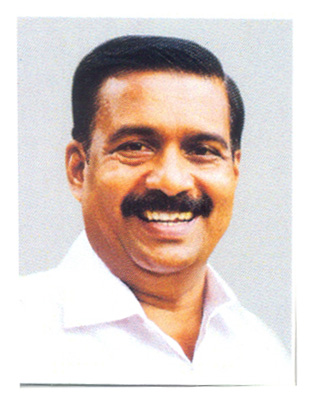
K. Babu |
CPM |
| 60 | Alathur | 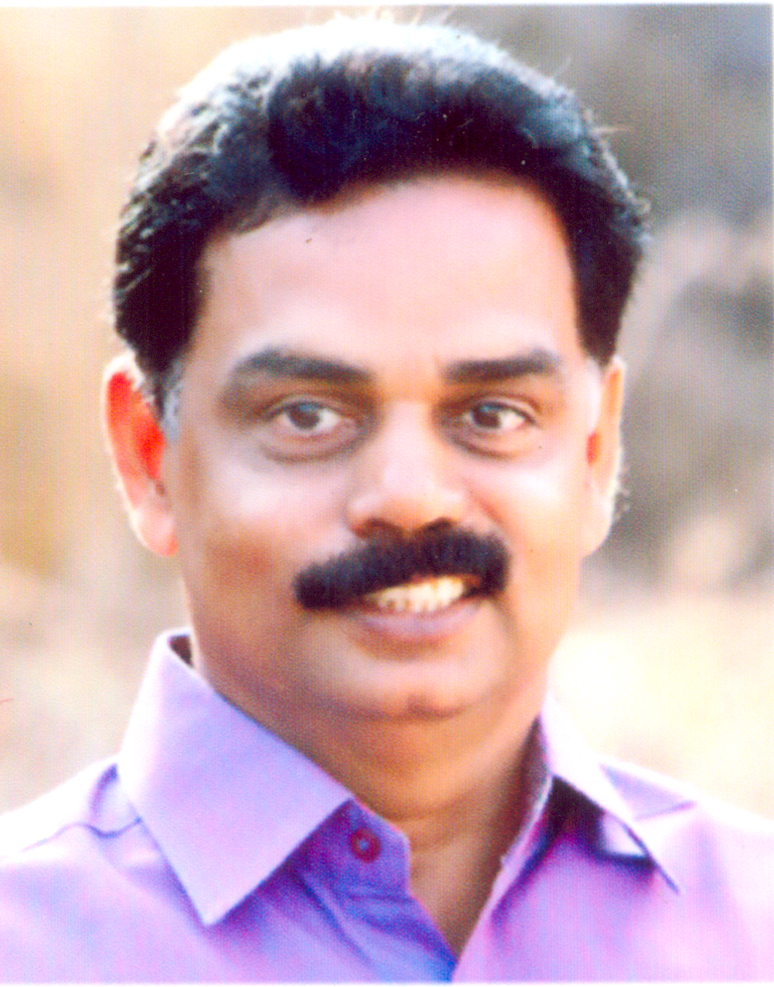
K.D.Prasenan |
CPM |
| 61 | Chelakkara | 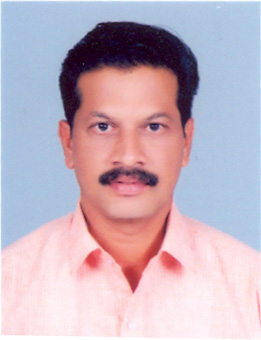
U R Pradeep |
CPM |
| 62 | Kunnamkulam | 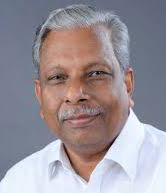
A C Moideen(E) |
CPM |
| 63 | Guruvayoor | 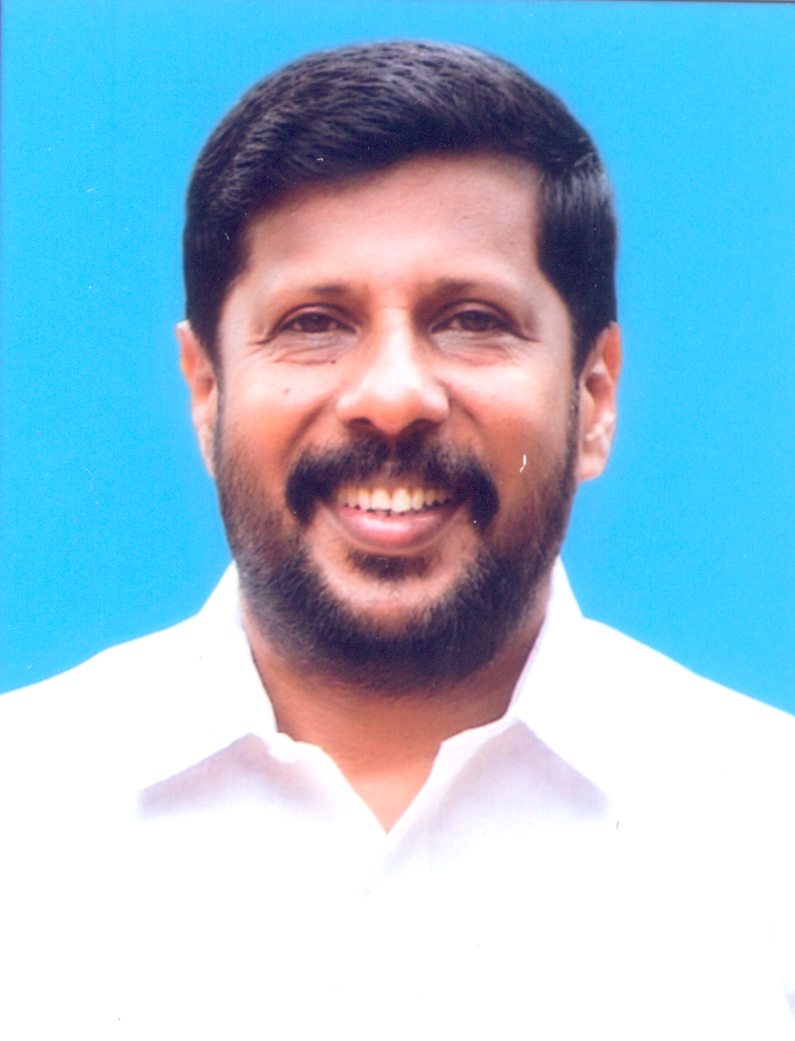
K.V. Abdul Khader |
CPM |
| 64 | Manalur | 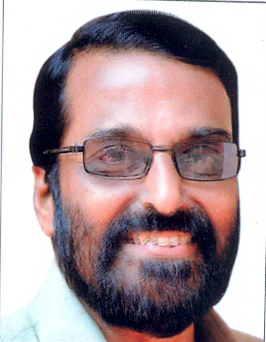
Muraliperunelly |
CPM |
| 65 | Wadakkanchery | 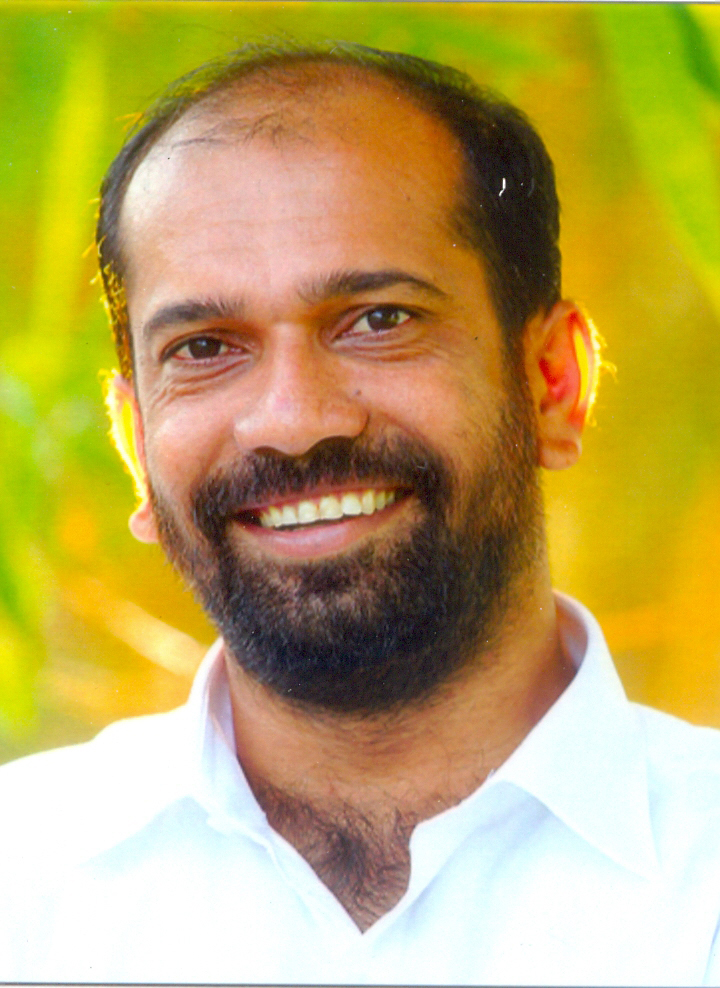
Anil Akkara |
INC |
| 66 | Ollur | 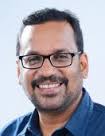
Adv. K. Rajan |
CPI |
| 67 | Thrissur | 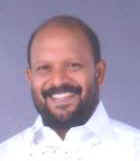
Adv.V S Sunilkumar |
CPI |
| 68 | Nattika | 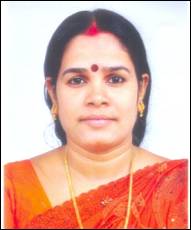
Geethagopi |
CPI |
| 69 | Kaipamangalam | 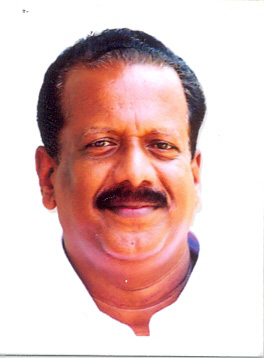
E T Taison Master |
CPI |
| 70 | Irinjalakkuda | 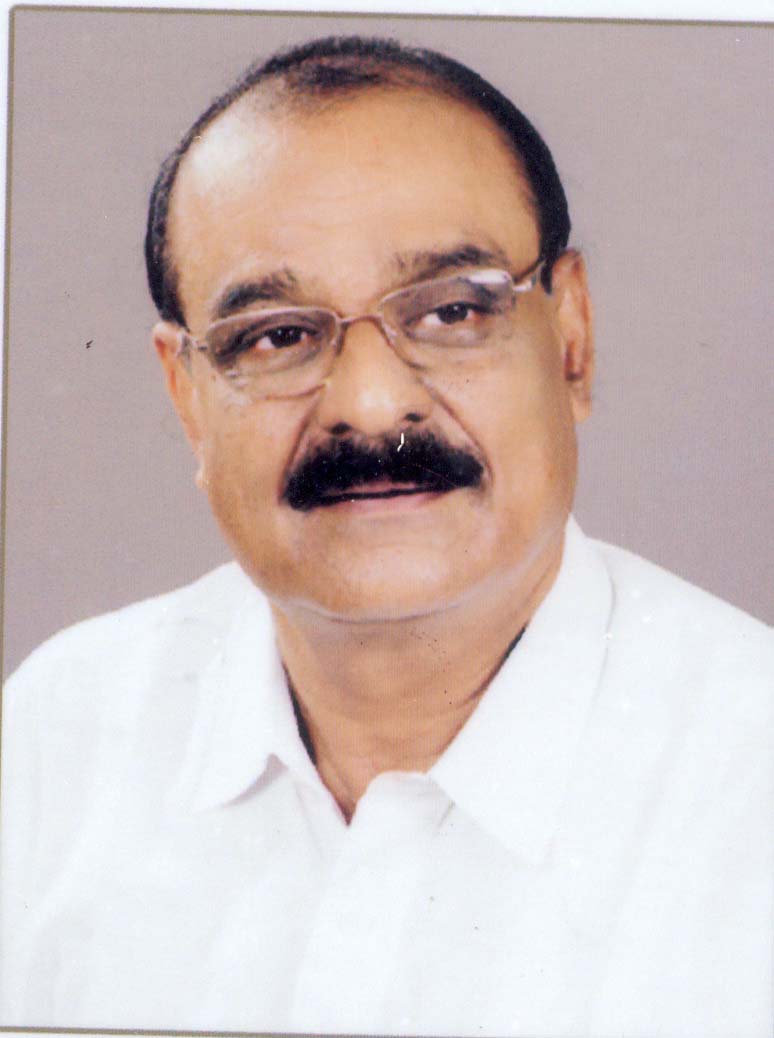
Prof. K.U. Arunan (E) |
CPM |
| 71 | Puthukkad | 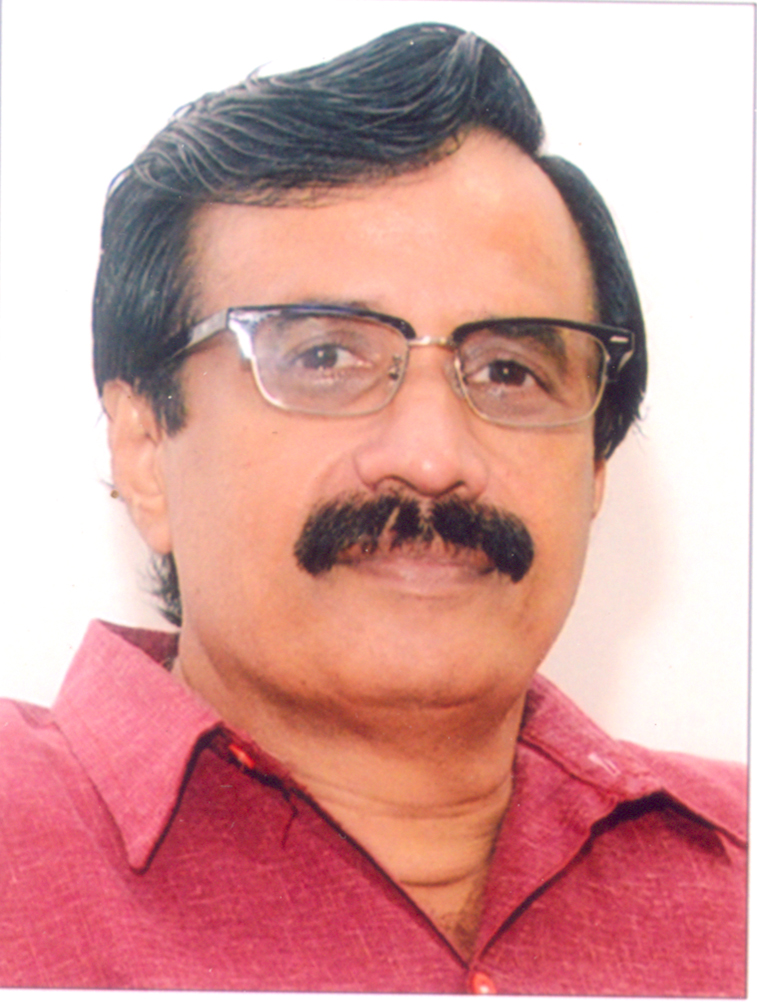
Prof.C.Raveendranath |
CPM |
| 72 | Chalakkudy | 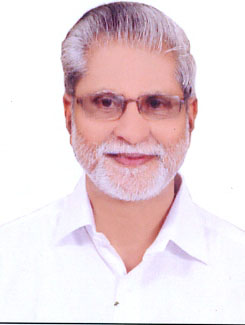
B. D. Devassy |
CPM |
| 73 | Kodungallur | 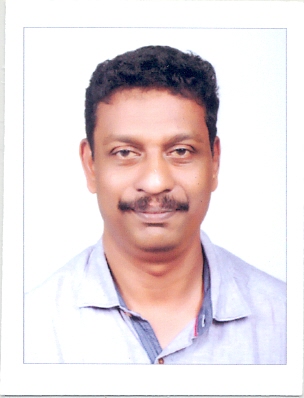
V R Sunilkumar |
CPI |
| 74 | Perumbavoor | 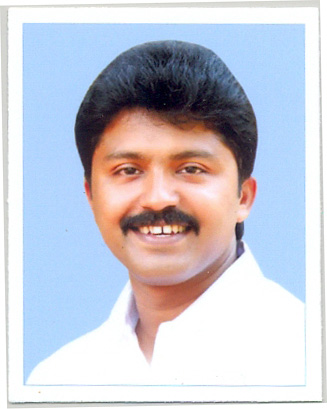
Adv. Eldhosekunnappilly |
INC |
| 75 | Angamaly | 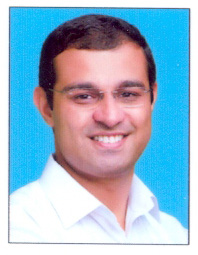
Roji M John |
INC |
| 76 | Aluva | 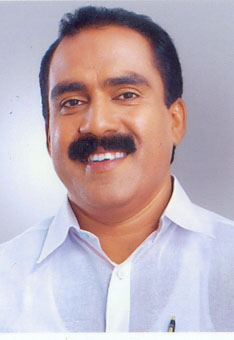
Anwar Sadath |
INC |
| 77 | Kalamassery | 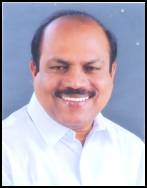
V K Ebrahimkunju |
IUML |
| 78 | Paravur | 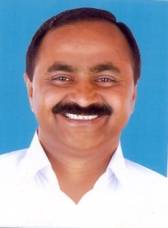
V D Satheesan |
INC |
| 79 | Vypen | 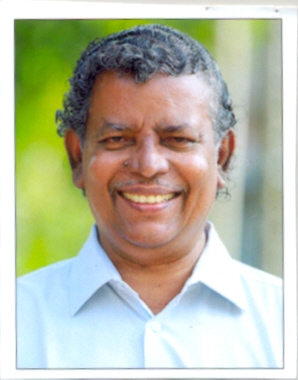
S Sarma |
CPM |
| 80 | Kochi | 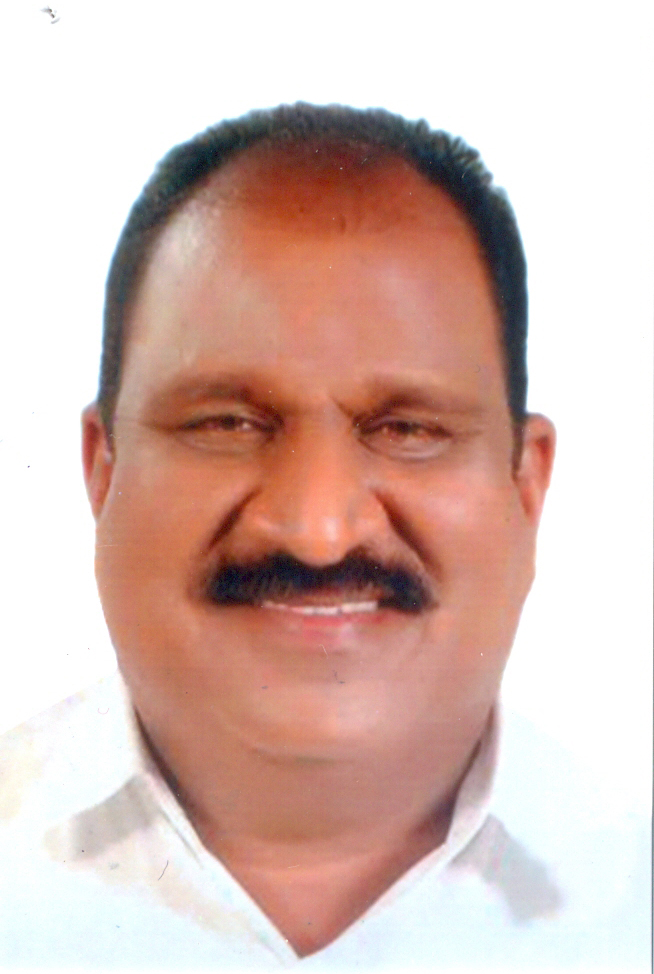
K J Maxy |
CPM |
| 81 | Thripunithura | 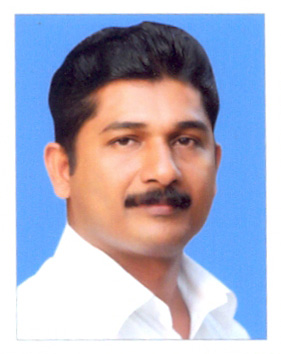
Adv. M Swaraj |
CPM |
| 82 | Eranakulam | 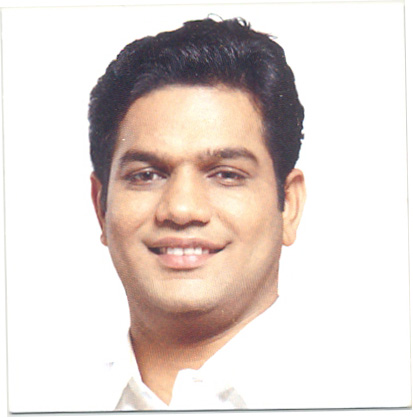
Hibi Eden(Resigned On 31-5-2019) |
INC |
| 83 | Thrikkakara | 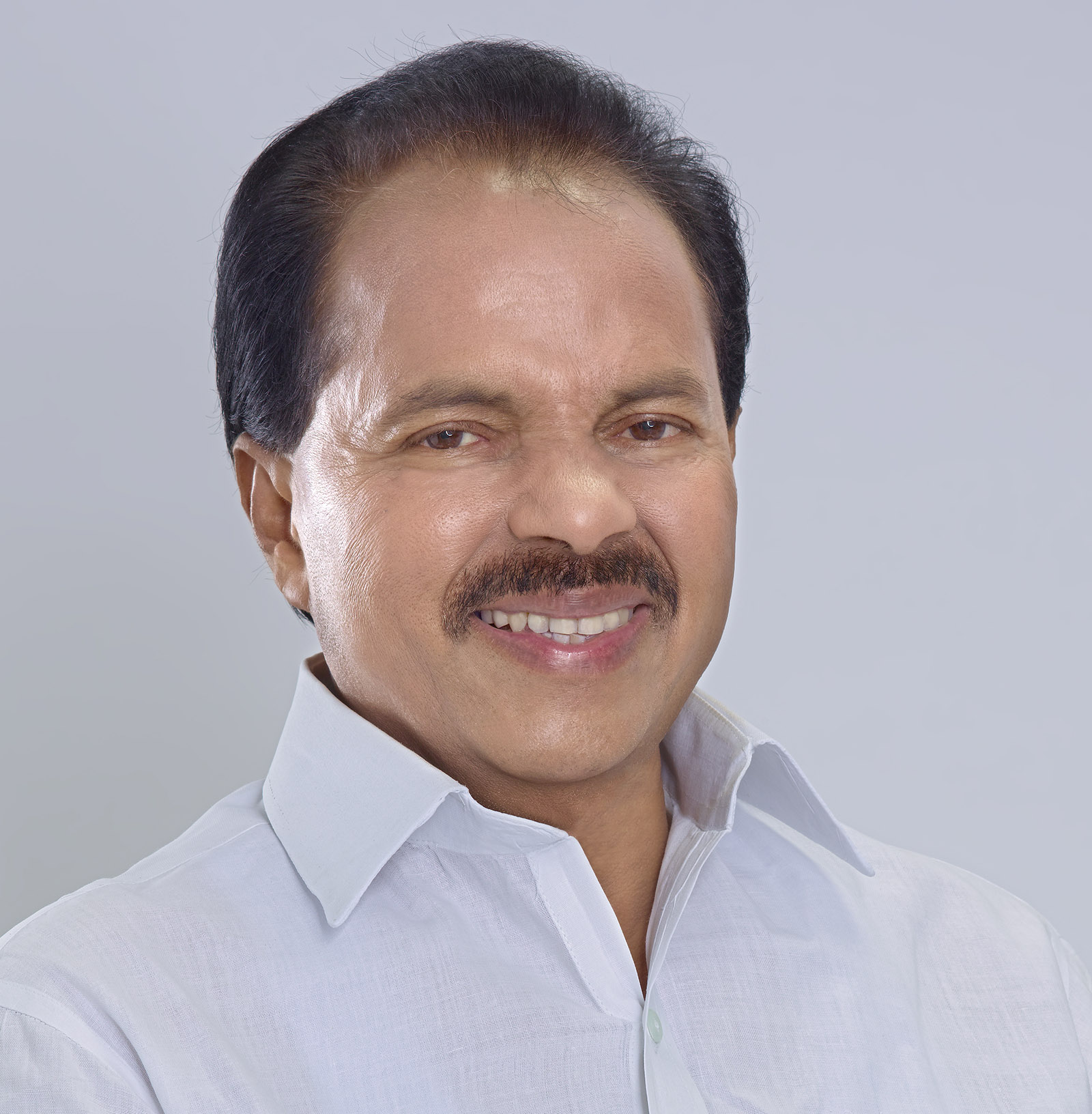
Adv.P T Thomas |
INC |
| 84 | Kunnathunad | 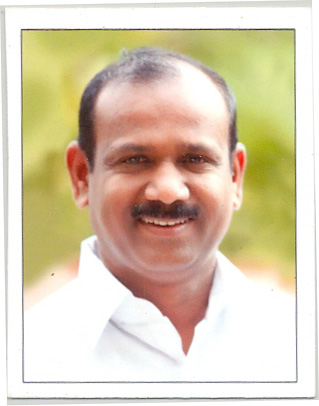
V P Sajeendran |
INC |
| 85 | Piravom | 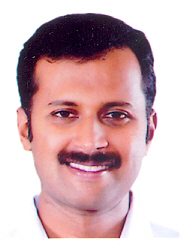
Anoop Jacob |
KEC(J) |
| 86 | Muvattupuzha | 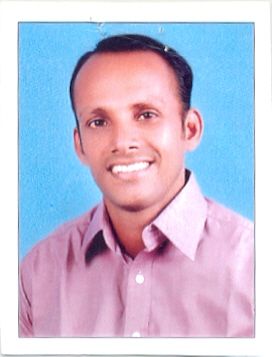
Eldho Abraham |
CPI |
| 87 | Kothamangalam | 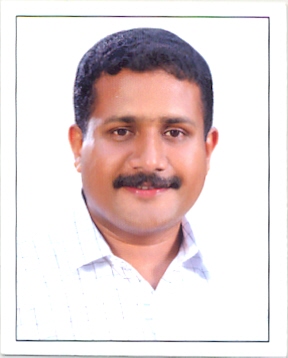
Antony John |
CPM |
| 88 | Devikulam | 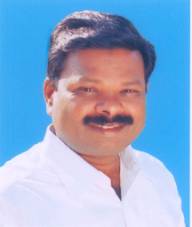
S Rajendran |
CPM |
| 89 | Udumbanchola | 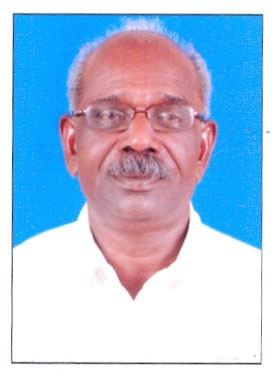
M.M. Mani |
CPM |
| 90 | Thodupuzha | 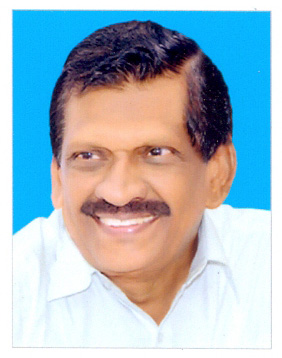
P.J. Joseph |
KEC(M) |
| 91 | Idukki | 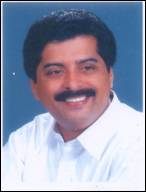
Roshy Augustine |
KEC(M) |
| 92 | Peerumade | 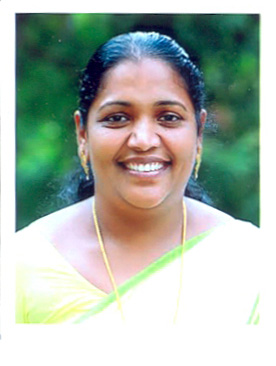
E S Bijimol |
CPI |
| 93 | Pala | 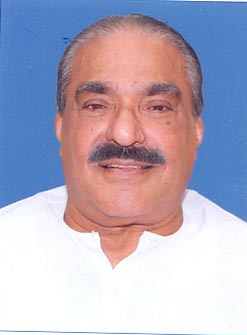
K M Mani |
KEC(M) |
| 94 | Kaduthuruthy | 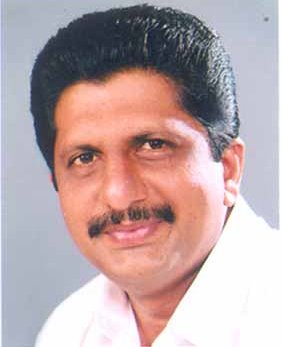
Adv. Mons Joseph |
KEC(M) |
| 95 | Vaikom | 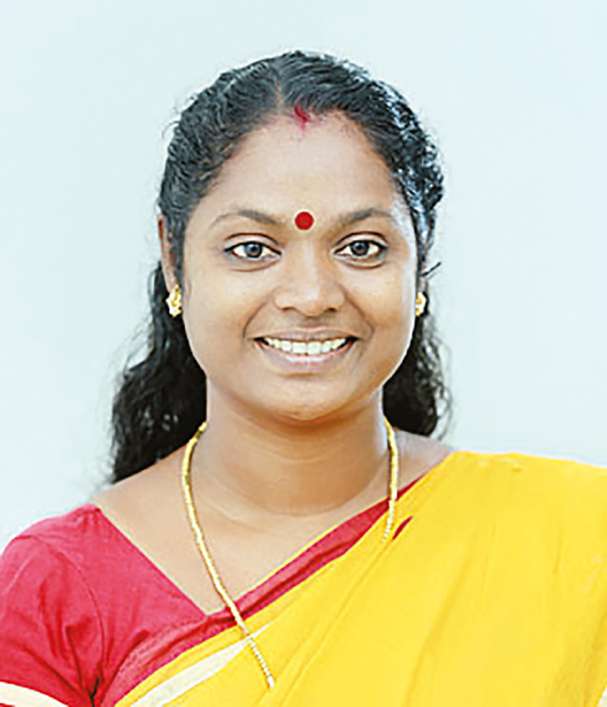
C K Asha |
CPI |
| 96 | Ettumanoor | 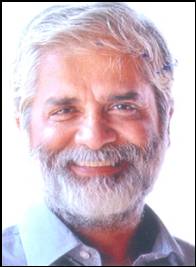
Suresh Kurup |
CPM |
| 97 | Kottayam | 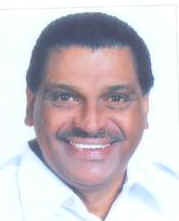
Thiruvanchoorradhakrishnan |
INC |
| 98 | Puthuppally | 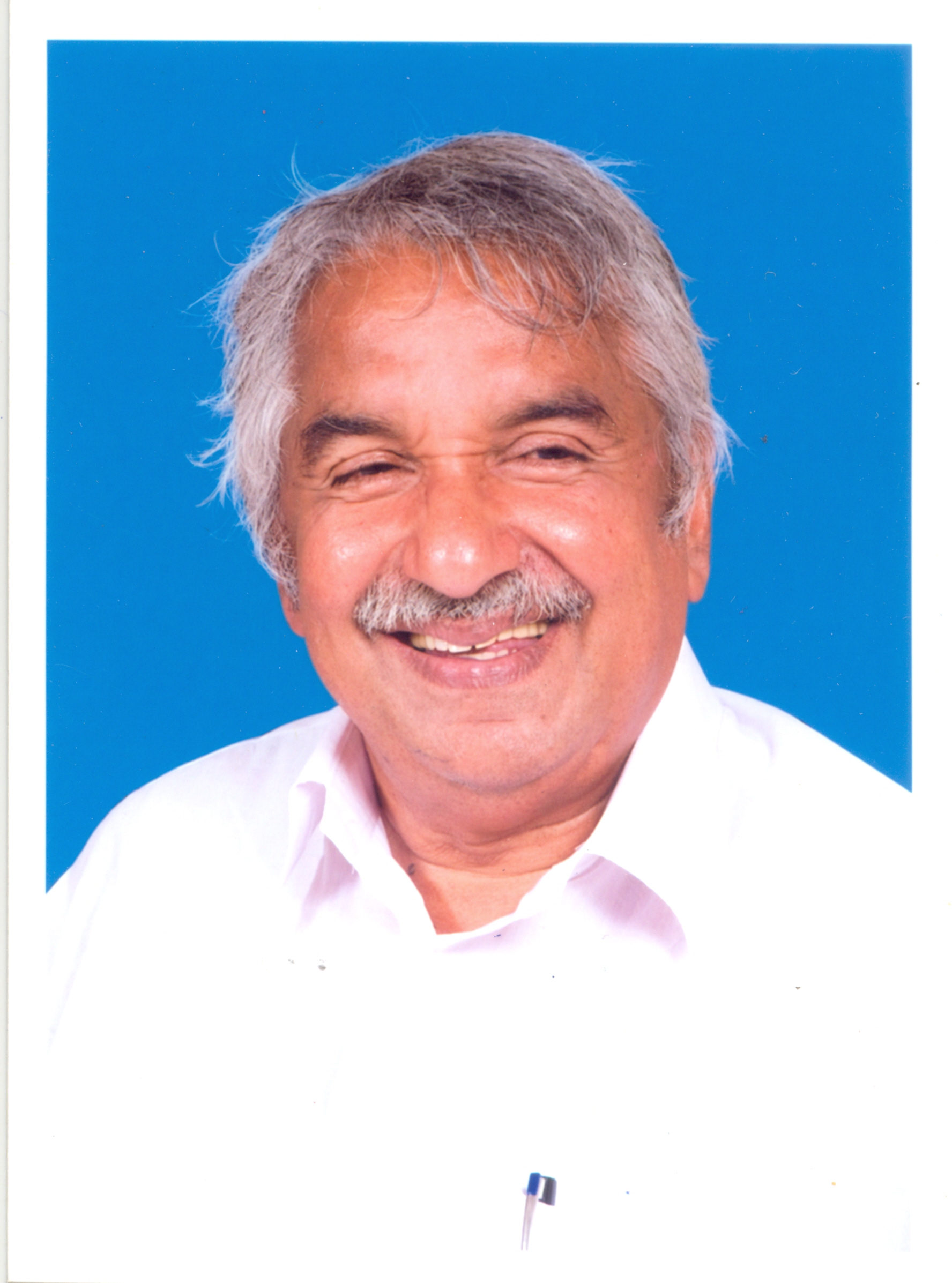
Oommenchandy |
INC |
| 99 | Changanassery | 
C F Thomas |
KEC(M) |
| 100 | Kanjirappally | 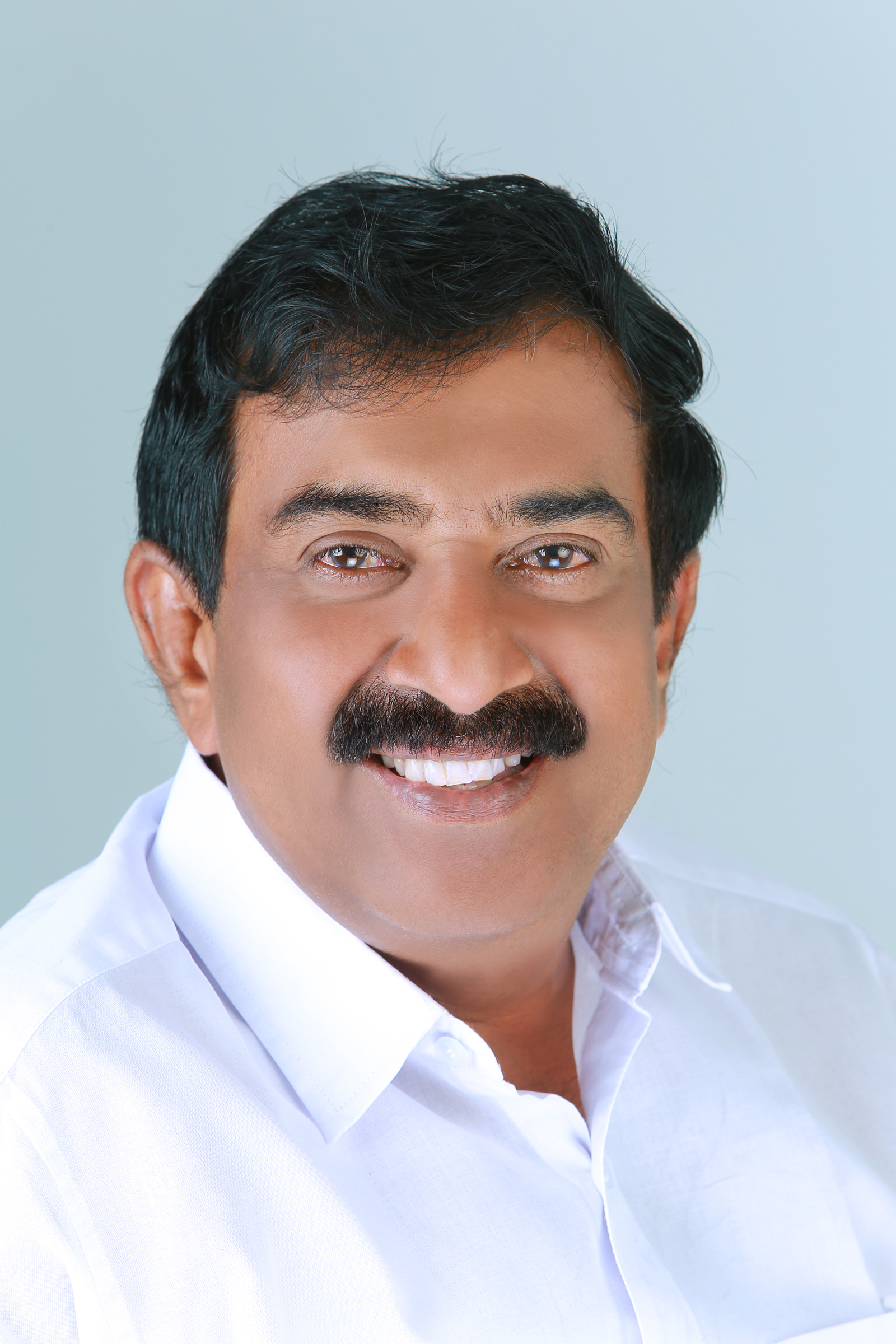
Dr. N Jayaraj |
KEC(M) |
| 101 | Poonjar | 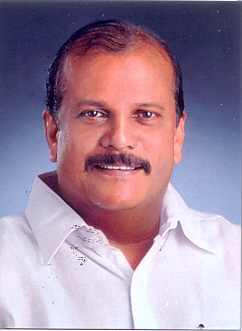
P C George Plathottam |
IND |
| 102 | Aroor | 
Adv.A.M.Ariff(Resigned On 31-5-2019) |
CPM |
| 103 | Cherthala | 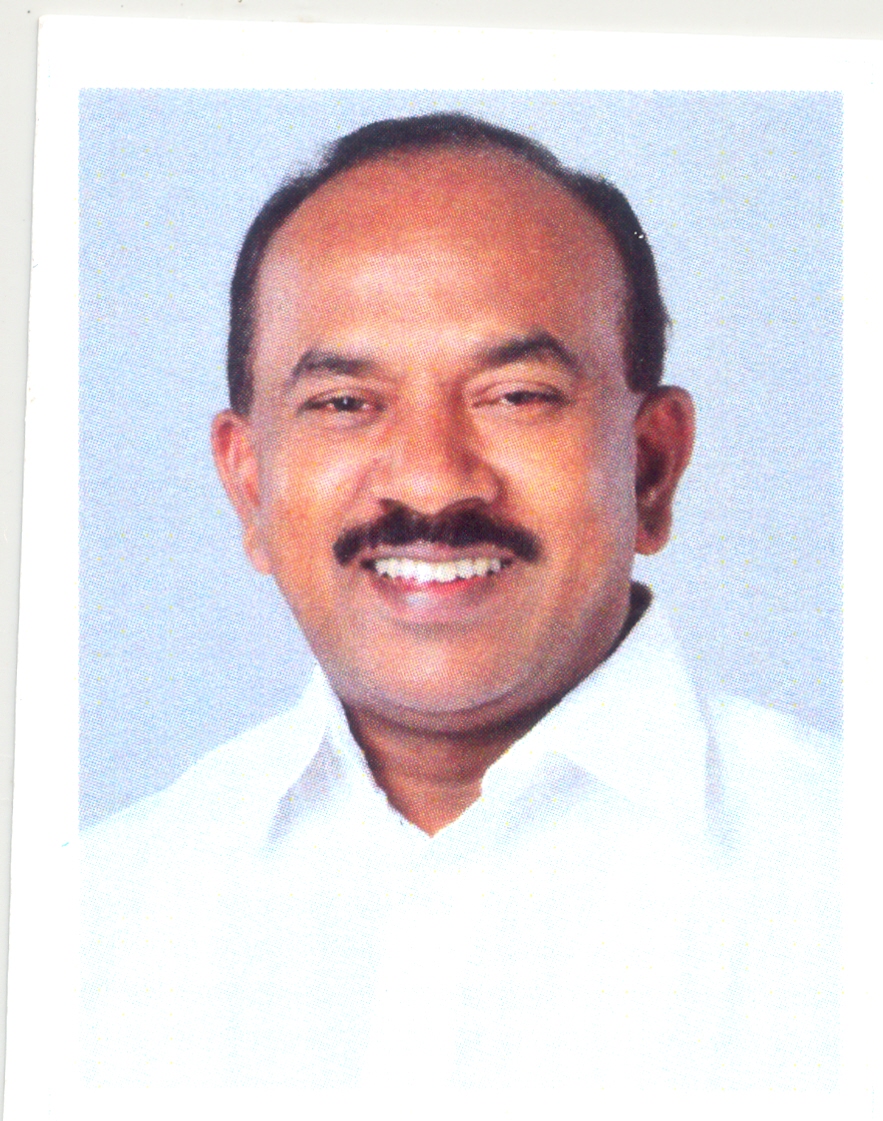
P.Thilothaman |
CPI |
| 104 | Alappuzha | 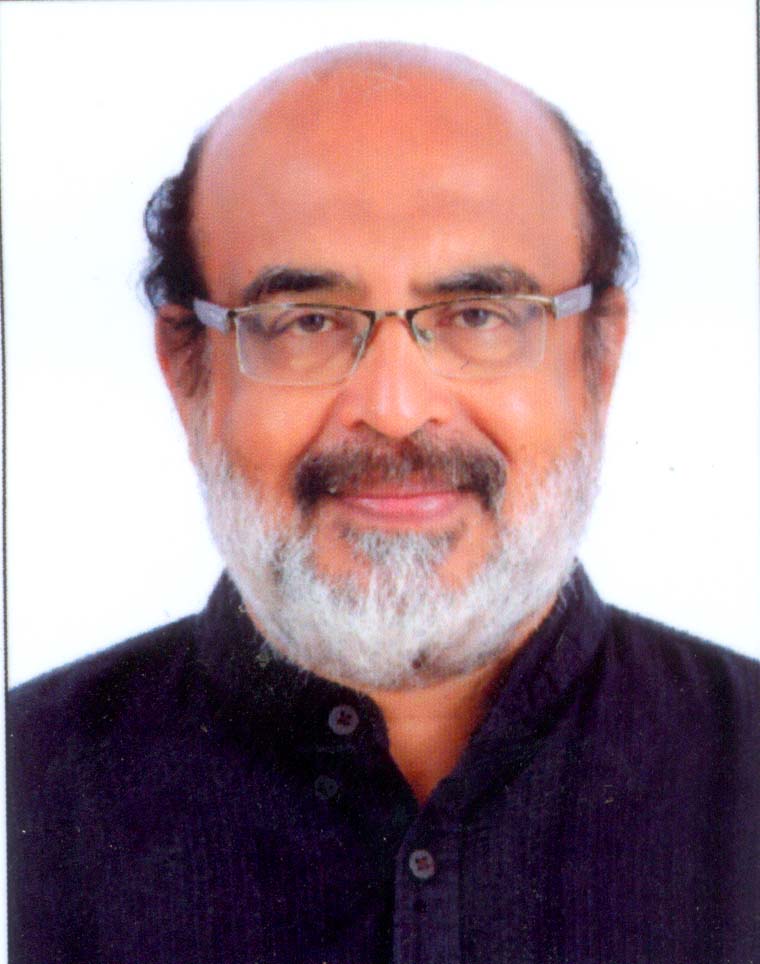
Dr.T.M.Thomas Isaac |
CPM |
| 105 | Ambalapuzha | 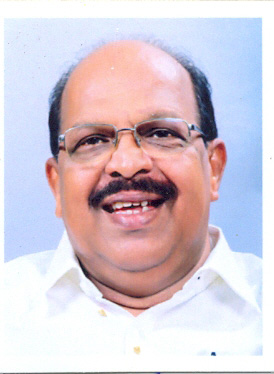
G.Sudhakaran |
CPM |
| 106 | Kuttanad | 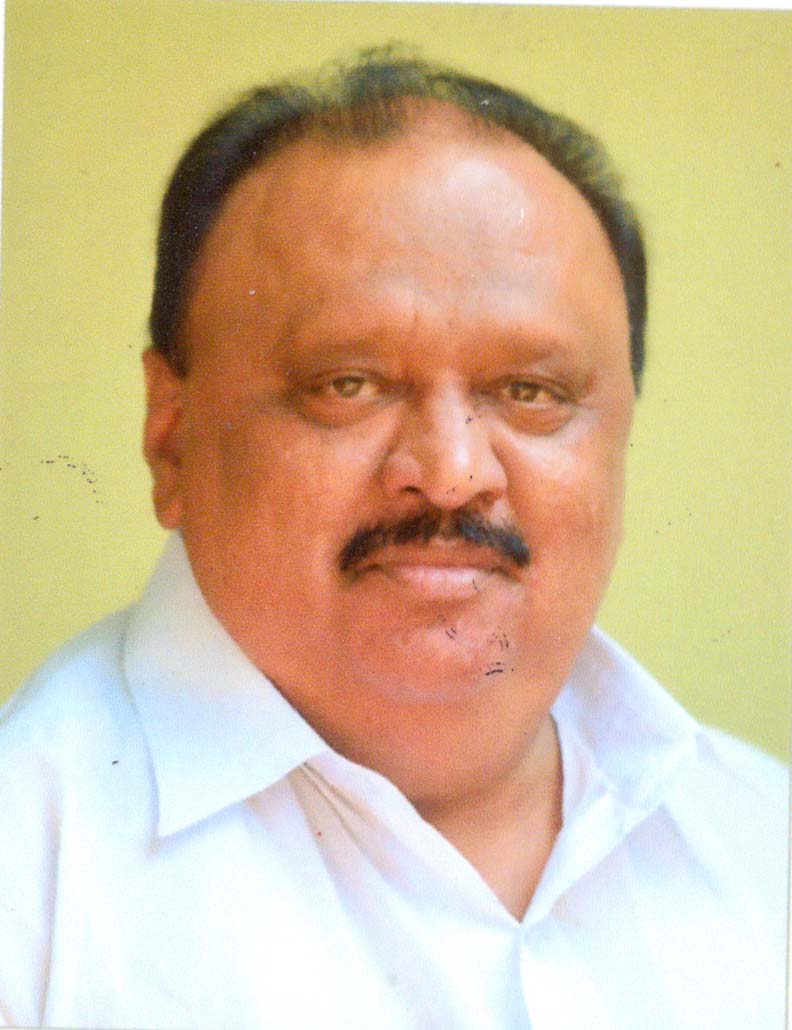
Thomas Chandy |
NCP |
| 107 | Haripad | 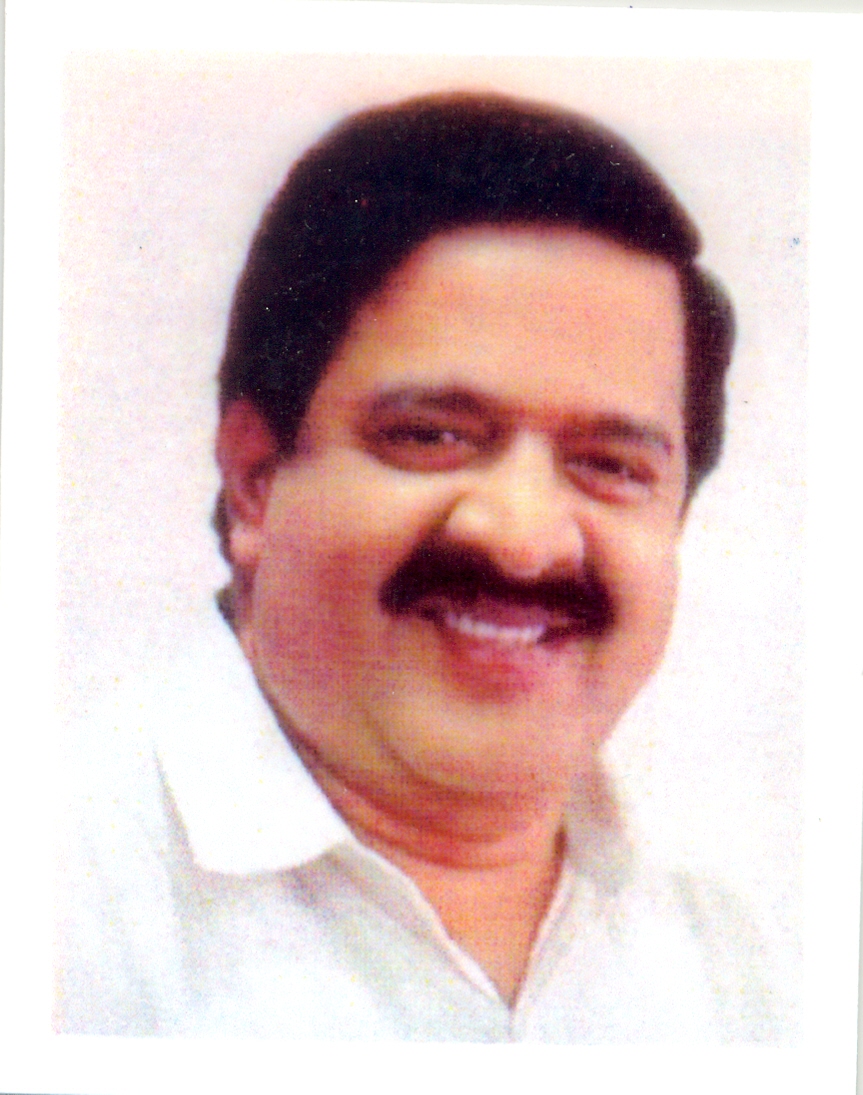
Ramesh Chennithala |
INC |
| 108 | Kayamkulam | 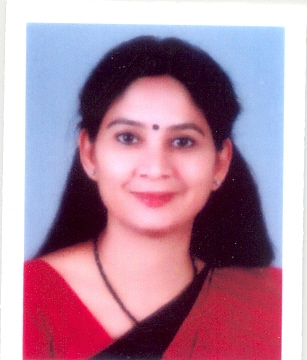
Adv.U.Prathibhahari |
CPM |
| 109 | Mavelikara | 
R.Rajesh |
CPM |
| 110 | Chengannur | 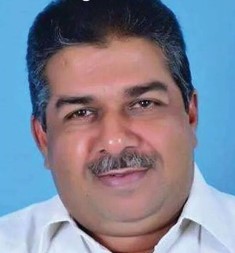
Shri Saji Cherian |
CPM |
| 111 | Thiruvalla | 
Adv.Mathew T Thomas |
JD(S) |
| 112 | Ranni | 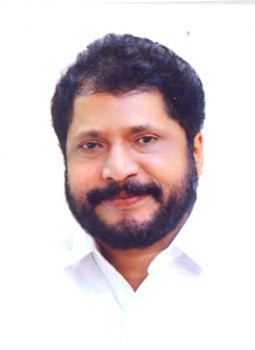
Raju Abraham |
CPM |
| 113 | Aranmula | 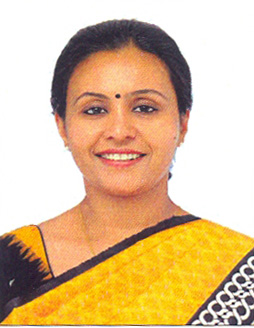
Veena George |
CPM |
| 114 | Konni | 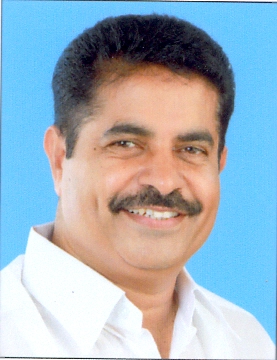
Adoor Prakash |
INC |
| 115 | Adoor | 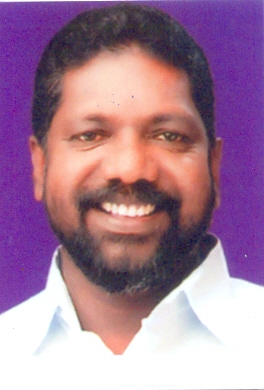
Chittayamgopakumar |
CPI |
| 116 | Karunagappally | 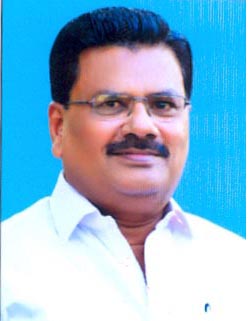
R.Ramachandran |
CPI |
| 117 | Chavara | 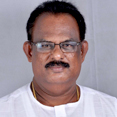
N.Vijayan Pillai |
CMPKSC |
| 118 | Kunnathur | 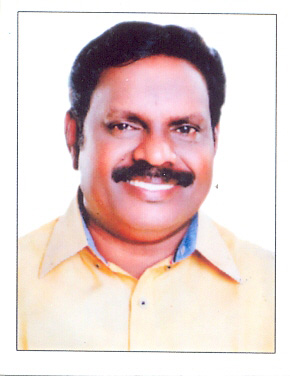
Kovoorkunjumon |
IND |
| 119 | Kottarakkara | 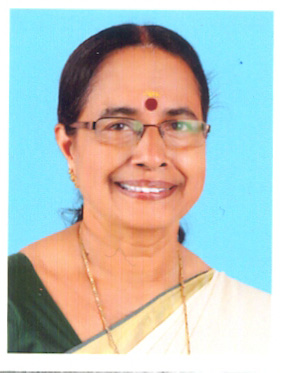
Adv. P.Aisha Potty |
CPM |
| 120 | Pathanapuram | 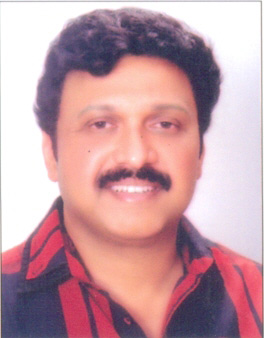
K.B. Ganesh Kumar |
KEC(B) |
| 121 | Punalur | 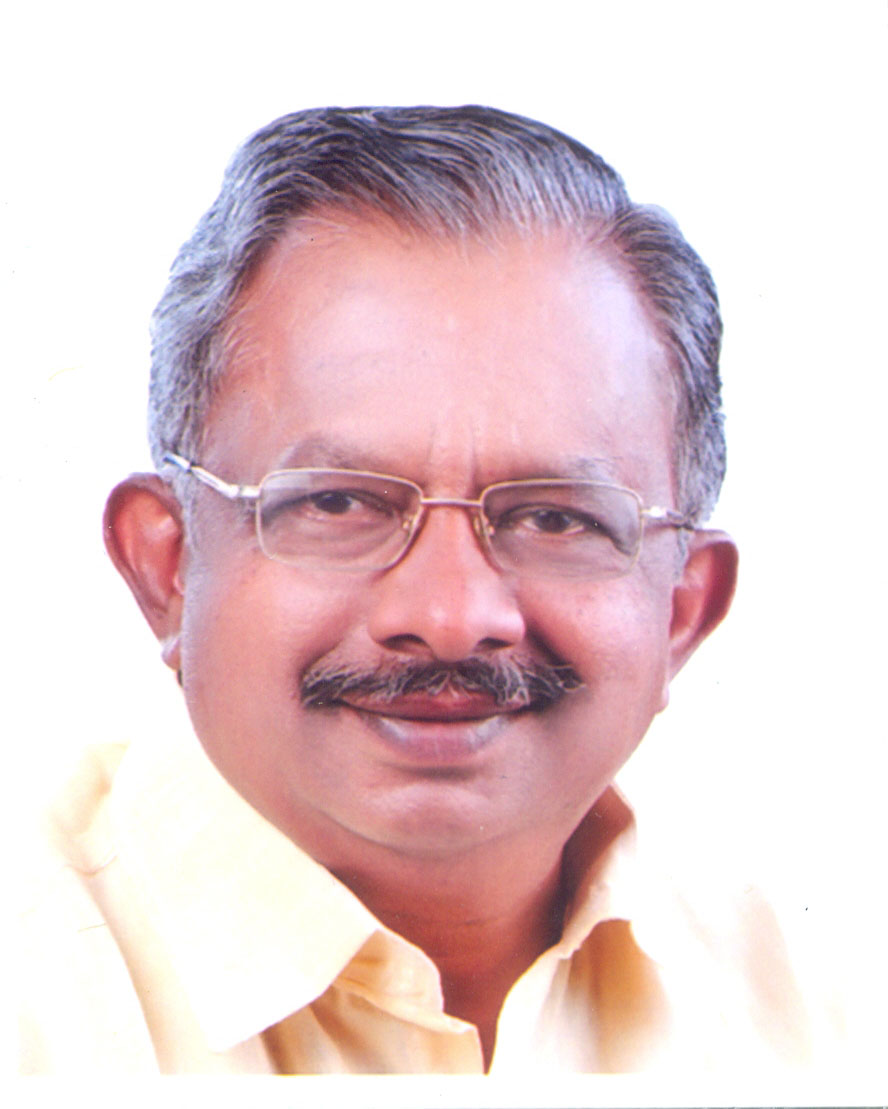
Adv.K.Raju |
CPI |
| 122 | Chadayamangalam | 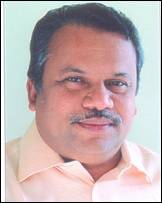
Mullakkararetnakaran |
CPI |
| 123 | Kundara | 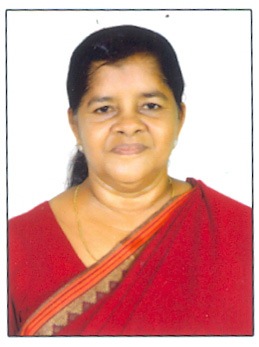
J.Mercykuttyamma |
CPM |
| 124 | Kollam | 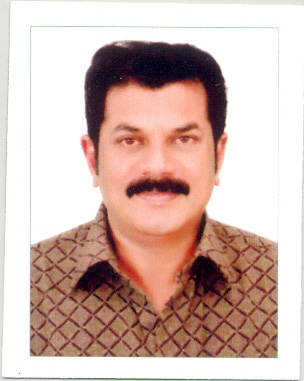
M Mukesh |
CPM |
| 125 | Eravipuram | 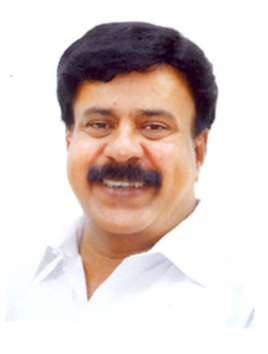
M. Noushad |
CPM |
| 126 | Chathannur | 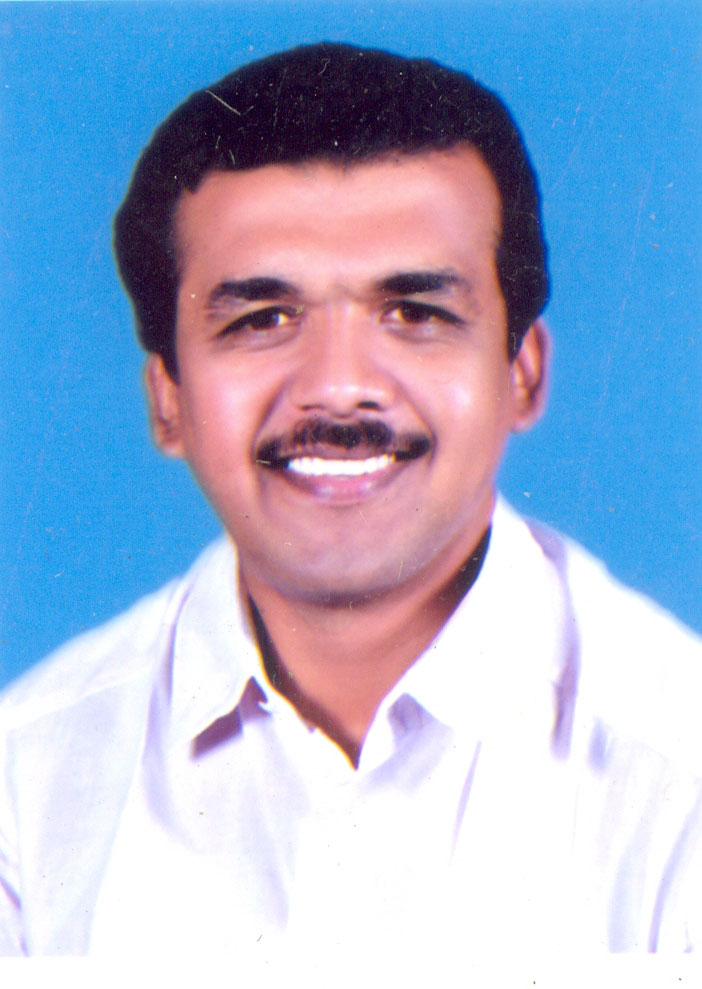
G.S.Jayalal |
CPI |
| 127 | Varkala | 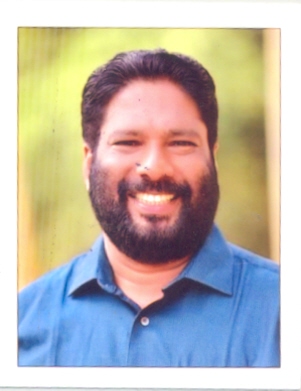
Adv.V.Joy |
CPM |
| 128 | Attingal | 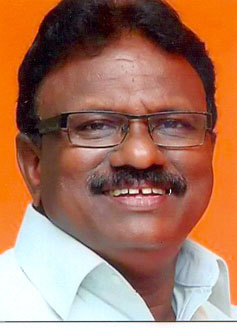
Adv.B.Satyan |
CPM |
| 129 | Chirayinkeezhu | 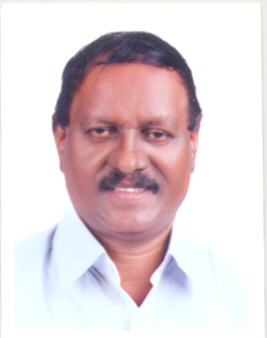
V. Sasi |
CPI |
| 130 | Nedumangad | 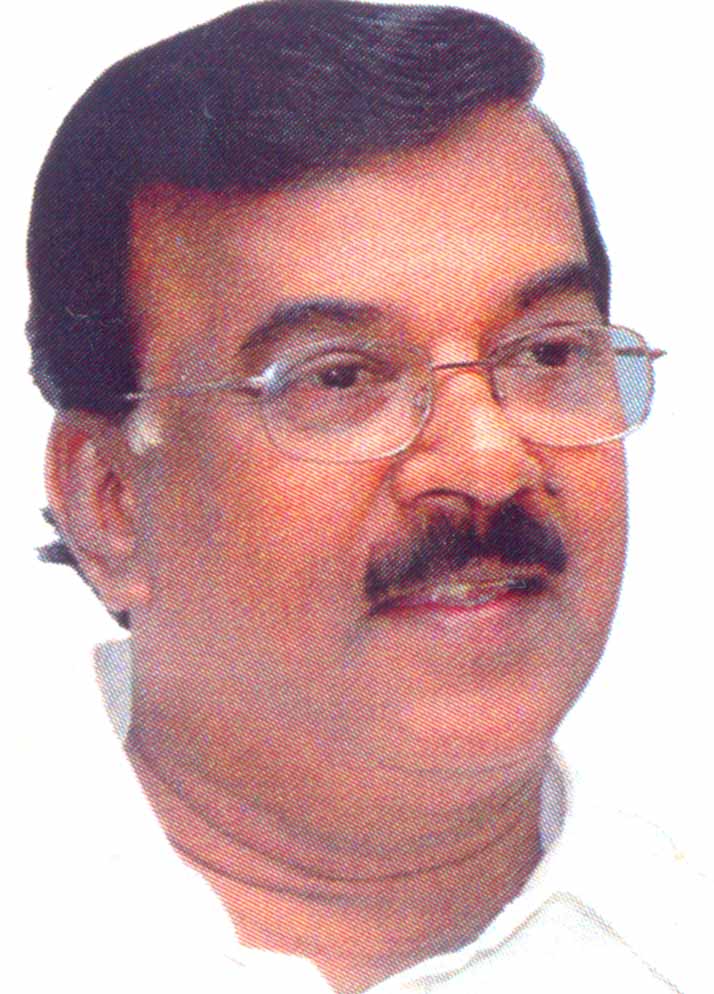
C.Divakaran |
CPI |
| 131 | Vamanapuram | 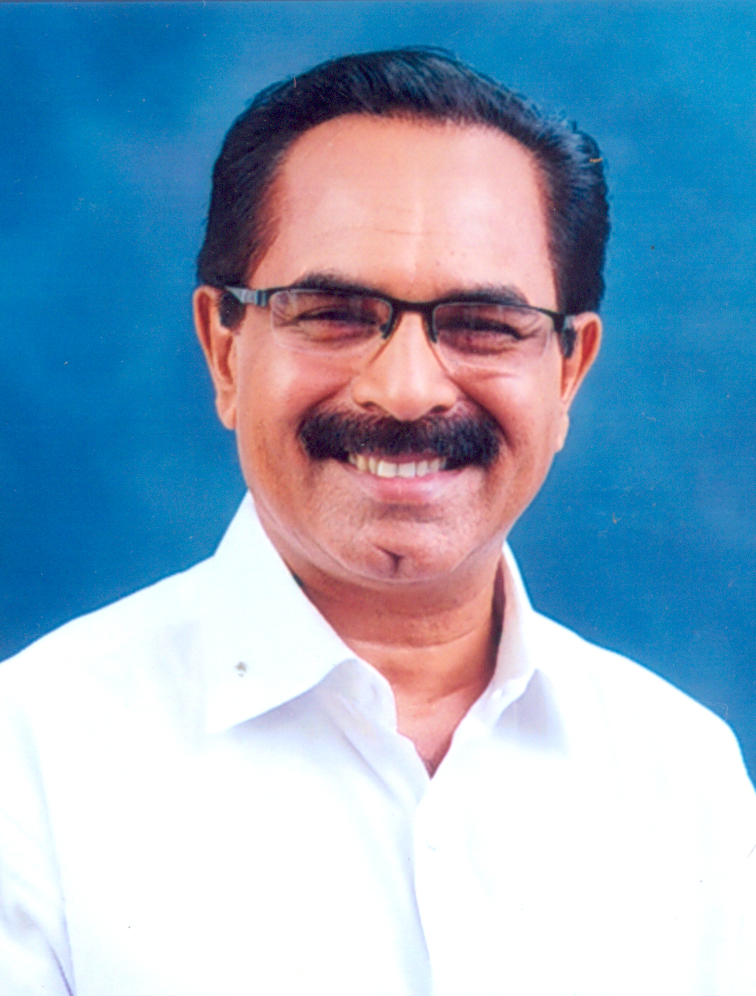
Adv. D.K.Murali |
CPM |
| 132 | Kazhakkoottam | 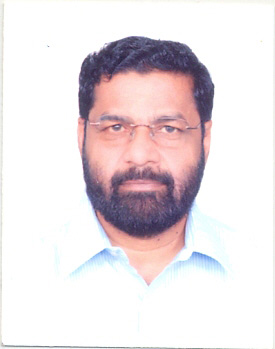
Kadakampallysurendran |
CPM |
| 133 | Vattiyoorkavu | 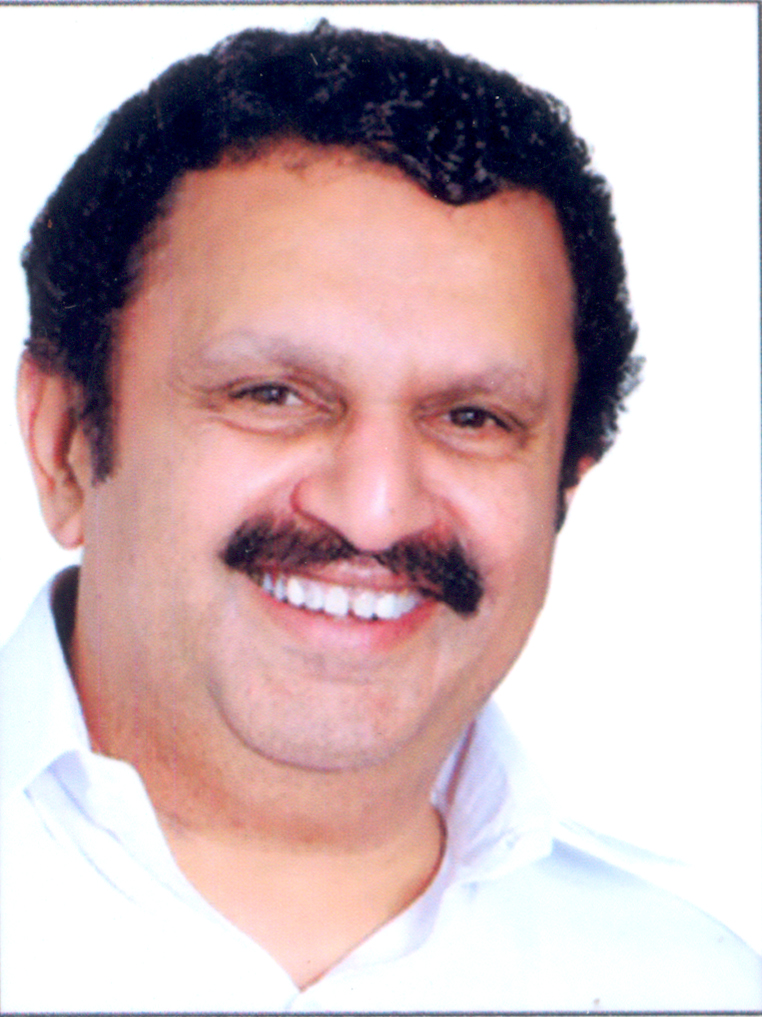
K Muraleedharan |
INC |
| 134 | Thiruvananthapuram | 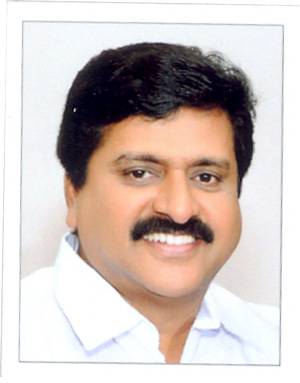
V.S. Sivakumar |
INC |
| 135 | Nemom | 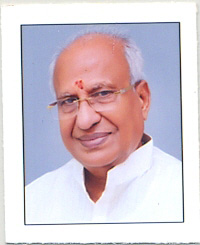
O.Rajagopal |
BJP |
| 136 | Aruvikkara | 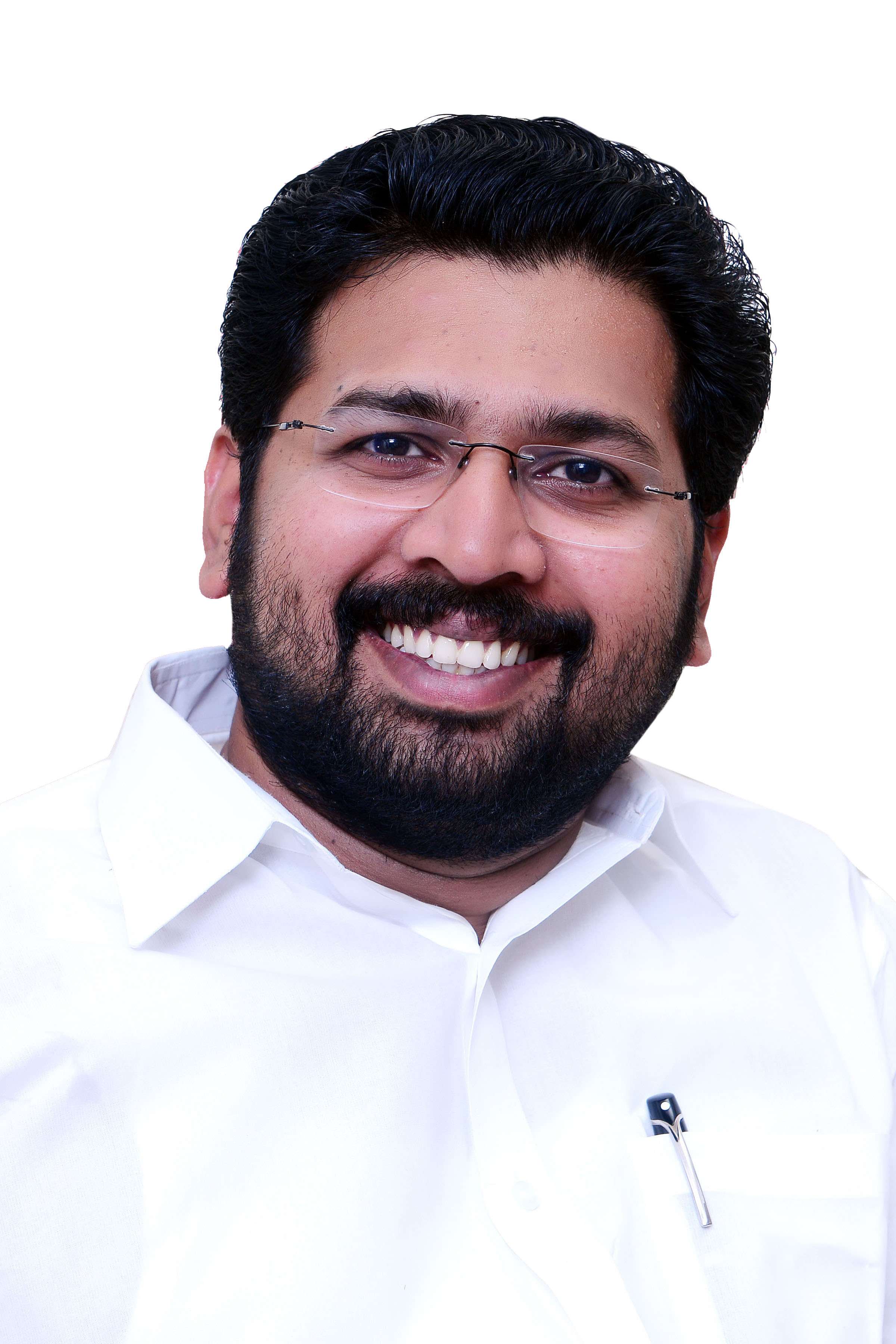
K.S. Sabarinadhan |
INC |
| 137 | Parassala | 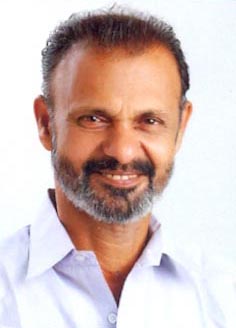
C.K.Hareendrakumar (C.K.Hareendran) |
CPM |
| 138 | Kattakkada | 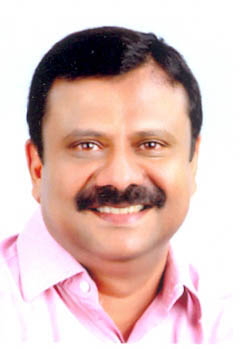
Adv. I.B. Satheesh |
CPM |
| 139 | Kovalam | 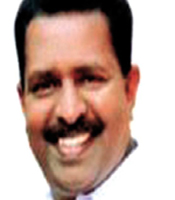
Adv.M.Vincent |
INC |
| 140 | Neyyattinkara | 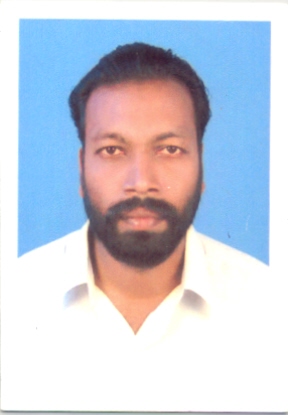
K.Ansalan |
CPM |
| 141 | Nominated | 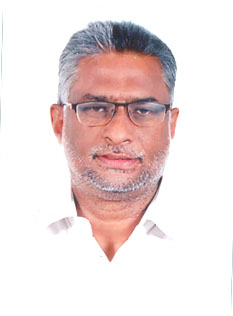
John Fernandez |
Nominated |
Judges of High Court of Kerala :
| Sl. No | Name |
| 01 | Antony Dominic (Chief Justice) |
| 02 | P.N.Ravindran |
| 03 | K. Surendra Mohan |
| 04 | P.R. Ramachandra Menon |
| 05 | C.K. Abdul Rehim |
| 06 | C.T. Ravi Kumar |
| 07 | V. Chitambaresh |
| 08 | A.M. Shaffique |
| 09 | K. Harilal |
| 10 | K. Vinod Chandran |
| 11 | P.D. Rajan |
| 12 | B. Kemal Pasha |
| 13 | A. Hariprasad |
| 14 | Dama Seshadri Naidu |
| 15 | P. Ubaid |
| 16 | K. Abraham Mathew |
| 17 | Alexander Thomas |
| 18 | A.Muhamed Mustaque |
| 19 | A.K. Jayasankaran Nambiar |
| 20 | Anil K. Narendran |
| 21 | P. V. Asha |
| 22 | P. B. Suresh Kumar |
| 23 | Sunil Thomas |
| 24 | Anu Sivaraman |
| 25 | Raja Vijayaraghavan V. |
| 26 | B.Sudheendra Kumar |
| 27 | K.P. Jyothindranath |
| 28 | Mary Joseph |
| 29 | Sathish Ninan |
| 30 | Devan Ramachandran |
| 31 | P.Somarajan |
| 32 | V.Shircy |
| 33 | A.M.Babu |
K.S.Mudagal
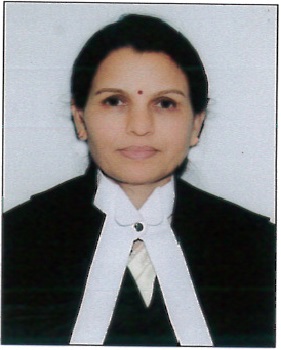
Hon’ble Justice Kottravva Somappa Mudagal
Hon’ble Justice Justice Kottravva Somappa Mudagal: Born on December 22, 1963. Obtained B’Com, LL.B. from Karnataka University, Dharwad. Joined legal profession on 6th July, 1988 as an Advocate at Dharwad and Bangalore. Appointed as District Judge on 17.06.1998. Sworn in as an Additional Judge of the High Court of Karnataka on 14th November, 2016.
Anita Chaudhry
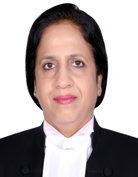
Hon’ble Mrs. Justice Anita Chaudhry
She was Born on 31.12.1956. She belongs to a family of illustrious lawyers. She graduated from Govt. College for Women Chandigarh and got her L.L.B. Degree from Panjab University, Chandigarh in 1979. She was enrolled as an Advocate on 3.8.1979 and practised till the end of December 1979. She Joined Haryana Judicial Service on 2.1.1980. She was promoted as Additional District Judge in 1994. She went on deputation as Chief Legal Advisor with Delhi Development Authority, Delhi from 1997 upto 2000 and was promoted as District and Sessions Judge in 2005. She served as District and Sessions Judge at Hisar, Faridabad, Bhiwani and Panchkula. She was elevated as Additional Judge of Punjab and Haryana High Court, Chandigarh on 20.06.2013.
Amol Rattan Singh
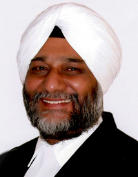
Hon’ble Mr. Justice Amol Rattan Singh
Born on 19.08.1960 at Hoshiarpur. He did post-graduation- M.A. (English) in 1981 and L.L.B. from Panjab University, Chandigarh, in 1985. He was enrolled as an Advocate on 30.6.1985 and handled Service & Civil matters. He was appointed as Additional (Junior) Counsel for the State of Haryana at the Supreme Court of India in 1994- 1995, Assistant Advocate General, Haryana in June 1995 and Deputy Advocate General, Haryana in 2004.Thus remained Haryana State Law Officer for 10 years. In the above capacities handled all kinds of litigation for the State in Civil and Service matters, in the High Court and Central Administrative Tribunal, Accident Claims, Public Interest litigation, Land Acquisition, Service matters, Labour related matters, etc. Remained Counsel for the Koul Commission (investigating the Police firing incidents at Bahadurgarh, District Jhajjar), for a short period. Thereafter, he was appointed as Additional Advocate General, Punjab, on 7.9.2005 and continued as such till 20.12.2012. In this capacity, mainly handled sales tax (VAT) matters and Public Interest Litigation, alongwith other, varied, miscellaneous matters. Sworn in as an Additional Judge of the Punjab and Haryana High Court on 21.12.2012.
JEE Main 2016 Preparation Tips
Preparation for JEE Main 2016:
As all Indian aspirants know, Joint Entrance Examination(JEE) is a national level entrance test conducted for the admission to the various government and private institutions like NITs (National Institute of Technology) and IIITs (Indian Institute of Information Technology). Students who score well in JEE Main exam will be able to get admission in Engineering and technical courses in top most colleges of the country.
About JEE Exam:
Joint Entrance Examination (JEE) is a two tier examination in which first stage of exam is “JEE Main” and the second stage of the exam is said to be “JEE Advanced”. JEE Main is the entrance test which is a gateway for the B.Tech courses offered by the famous institutes like IIITs and NITs. Whereas, those who clear JEE Main exam are eligible to take the JEE Advanced entrance test which is a gateway for engineering courses in the institutes like IITs (Indian Institute of Technology) (Ultimate dream institute for many Indian students)
But before start preparing for JEE Main 2016, it is important to know the following details about the Joint Entrance Examination Main 2016.
- Candidates should have studied Physics and Mathematics in their Class 12
- They must have compulsorily studied any of the following subjects: Computer Science, Bio-technology, Chemistry and Biology and should have secured minimum 50% of marks in all the subjects.
- Candidates must have born on or after October 1991.
- Candidates must have passed Class 12 or equal qualifying exam in 2014 or 2015.
- You can download JEE Main 2016 Admit card on March 2016(Tentative date).
- Tentative dates for JEE Main 2016 exam are:
Online Test: April 2016
Offline Test: April 2016
- You can check the complete Application procedure for JEE Main 2016 in the official portal of JEE Main 2016.
How to Prepare for JEE Main 2016?
Please ensure the Pattern and Syllabus for the JEE Main 2016 examination. In order to score well in this exam, you must be very clear about the pattern and syllabus of the examination. Also please note the following details which are very important for the candidates who are taking this exam.
Please make note of the following link for checking the syllabus of JEE Main 2016:
http://www.jeesyllabus.in/jee-syllabus
- Total duration for the JEE Main 2016: 3 hours
- Total Questions: 90
- Maximum marks: 360
- Paper 1 sections: Physics, Chemistry and Mathematics (BE/B.Tech)
Objective type of questions and equal marks for all the above subjects. This section can be written using pen and paper based or computer based.
- Paper 2 sections: Physics, Chemistry & Drawing and Aptitude test(B.Arch/Planning)
Objective type of questions in above subjects including aptitude questions and drawing. This section can be written only using pen and paper.
- Marks for correct answer: +4
- Marks for wrong answer: -1
- Zero marks will be considered for “No answer”
You need to download the application form the official JEE apex board. Candidates who are going to take up JEE Main 2016 exam must note that Paper I will be held both in online and offline mode. Please choose the mode in which you like to appear.
For guaranteed success in the JEE Main 2016 exam, it is important to prepare in the following manner
- Plan according to each subject.
- Prepare
- Practice
- Revise
Plan according to each subject:
This is very important thing to score well in this exam. Give equal importance to all subjects and plan accordingly. You can also refer the following books.
Physics:
D.C.Pandey series
36 years IIT asked by Arihant
H.C.Verma volume 1 and 2
Maths:
R.D.Sharma Objective Volume 1 and 2
Play with graphs by Amit M aggarwal
36 years IIT asked by Arihant
Chemistry:
Organic: Morrison and Boyd
Physical: R.C.M
Inorganic: O.P.Tondon
36 years IIT asked by Arihant
Prepare:
- Plan and schedule your subjects. Schedule atleast 2 hours for every subject and learn according to that. More you strive hard, more you can score high in JEE Main 2016.
- Start to learn new things at the beginning since it gives hopes and concentration in the subjects.
- Give a ten minutes break after you complete each subject and then start with the next one.
- Revise your earlier portions every morning and then start the present day’s portion.
- If it is mathematics, please don’t hesitate to try the same in your rough note. Things change when you try on your own.
- Try to spend more time for difficult subjects and make them thorough and confident.
- Try to refer to previous years question papers like JEE Main 2013, JEE Main 2014, JEE Main
- You can find such question papers with solutions in the following links
https://entranceindia.com/jee-main-free-practice-papers/
Practice:
However your study method is, the most important part of your learning is practice. The more you sweat in practice, the less you bleed in battle.
As said above, practice your subjects very carefully.
- For mathematics, try to solve the solution on your own. Try to solve everything without referring the books.
- For chemistry or Physics, try to solve the equations on your own.
- For other subjects plan and practice accordingly.
- Never postpone your schedule. Please try to complete the scheduled syllabus within the same day.
Revise:
Revise your previous lessons daily and also schedule to revise once in every week. This will Brush up your memory and make you feel more comfortable with the subjects.
Special Tips for JEE Main 2016:
- If you have already started taking coaching for JEE Main in any coaching centre, be regular and keep practicing.
- If you have not yet started to go to coaching class, it’s never too late. Start preparing right now.
- Always be in contact with your seniors. It’s good to know their experience facing the JEE Main
- Around 45% of JEE Main aspirants wish to take online coaching than any direct coaching centre.
- You can make best use of internet by taking part in the mock test, watching video lectures, taking online exams, etc.
You can check the following link for taking mock test of JEE Main 2015
https://entranceindia.com/jee-main/jee-main-model-papers-at-a-glance/
- Please make note of all the important topics in all subject. Concentrate more on that.
Hope these tips will help you crack the JEE Main 2016 exam. Be confident and cool. Make efficient use
of time. All the best for cracking JEE Main 2016!!
JEE Main Free Sample Paper Download
Entranceindia released sample papers for JEE main and Model papers for JEE Main 2014. Students can download Free Sample Papers for JEE Main. Our Online Practice Papers cover the whole JEE Main Syllabus for practice. Each of our paid model papers covers 30 questions from physics syllabus, 30 questions from chemistry syllabus and 30 questions from mathematics syllabus. Our model papers are highly appreciated by educational community for record matching of questions in JEE Main 2013. Students can register free to take online test. We have varied products for students of JEE Main 2015. We have JEE main achiever’s plan (chapter wise tests), 15+1 model papers and 10+1 model papers apart from various practice DVDs. Jee main DVDs are also available for subscription. The subscribed DVDs shall be sent through speed post within 7 days of payment. For free download of JEE main 2014 Sample paper click the below link.
JEE Main 2014 Sample Paper free Download
With many questions match from our Model Papers in JEE MAIN Exam 2013 (Offline & Online), Entranceindia expects to have similar match in JEE Main Exam 2014. Best Wishes…
Click here to view Question Paper pdf with Answer Key (highlighted questions matching with our Model Paper Questions)
JEE Main 2014 Achiever’s Plan (online mode)
JEE Main 2014 Achiever’s Plan DVDs
JEE Main Model Papers (15+1 Sets)
JEE Main Syllabus 2014 Download Pdf
Follow the below mentioned link to download JEE Main 2014 Syllabus pdf.
JEE Main Syllabus 2014 Download Pdf
JEE Main Practice Options:
JEE Main 2014 Achiever’s Plan (online mode)
JEE Main 2014 Achiever’s Plan DVDs
JEE Main Syllabus in Detail
JEE Main 2014 shall be conducted during April 2014 at examination centres across India. This exam is conducted by CBSE and governed by JEE Apex Board. The syllabus for this examination is divided into three sections Physics, Chemistry and Mathematics. Each section includes detailed syllabus for this examination. This is the entry level exam for selecting top 1.5 Lakhs students who will be eligible to attempt JEE (advanced) 2014 otherwise known as IIT JEE. NITs, IIITs and other centrally funded institutions consider JEE Main score directly for taking admission into their engineering seats.
Click below to know the detailed syllabus.
JEE Main & JEE Advanced Syllabus for Physics
JEE Main & JEE Advanced Syllabus for Chemistry
JEE Main & JEE Advanced Syllabus for Mathematics
List of JEE Main Practice Options:
JEE Main 2014 Sample Paper
JEE Main 2014 Achiever’s Plan
JEE Main Model Papers (15 Sets + 1 Probable Papers)
JEE Main Model Papers (10 Sets + 1 Probable Papers)
JEE Main 2014 Test Maker DVD
JEE Advanced 2014 Chemistry Syllabus (Organic Chemistry)
Organic Chemistry:
- Concepts: Hybridisation of carbon; Sigma and pi-bonds; Shapes of simple organic molecules; Structural and geometrical isomerism; Optical isomerism of compounds containing up to two asymmetric centres, (R,S and E,Z nomenclature excluded); IUPAC nomenclature of simple organic compounds (only hydrocarbons, mono-functional and bi-functional compounds); Conformations of ethane and butane (Newman projections); Resonance and hyperconjugation; Keto-enol tautomerism; Determination of empirical and molecular formulae of simple compounds (only combustion method); Hydrogen bonds: definition and their effects on physical properties of alcohols and carboxylic acids; Inductive and resonance effects on acidity and basicity of organic acids and bases; Polarity and inductive effects in alkyl halides; Reactive intermediates produced during homolytic and heterolytic bond cleavage; Formation, structure and stability of carbocations, carbanions and free radicals.
- Preparation, properties and reactions of alkanes: Homologous series, physical properties of alkanes (melting points, boiling points and density); Combustion and halogenation of alkanes; Preparation of alkanes by Wurtz reaction and decarboxylation reactions.
- Preparation, properties and reactions of alkenes and alkynes: Physical properties of alkenes and alkynes (boiling points, density and dipole moments); Acidity of alkynes; Acid catalysed hydration of alkenes and alkynes (excluding the stereochemistry of addition and elimination); Reactions of alkenes with KMnO4 and ozone; Reduction of alkenes and alkynes; Preparation of alkenes and alkynes by elimination reactions; Electrophilic addition reactions of alkenes with X2, HX, HOX (X=halogen) and H2O; Addition reactions of alkynes; Metal acetylides.
- Reactions of benzene: Structure and aromaticity; Electrophilic substitution reactions: halogenation, nitration, sulphonation, Friedel-Crafts alkylation and acylation; Effect of o-, m- and p-directing groups in monosubstituted benzenes.
- henols: Acidity, electrophilic substitution reactions (halogenation, nitration and sulphonation); Reimer-Tieman reaction, Kolbe reaction.
- Characteristic reactions of the following (including those mentioned above): Alkyl halides: rearrangement reactions of alkyl carbocation, Grignard reactions, nucleophilic substitution reactions; Alcohols: esterification, dehydration and oxidation, reaction with sodium, phosphorus halides, ZnCl2/concentrated HCl, conversion of alcohols into aldehydes and ketones; Ethers:Preparation by Williamson’s Synthesis; Aldehydes and Ketones: oxidation, reduction, oxime and hydrazone formation; aldol condensation, Perkin reaction; Cannizzaro reaction; haloform reaction and nucleophilic addition reactions (Grignard addition); Carboxylic acids: formation of esters, acid chlorides and amides, ester hydrolysis; Amines: basicity of substituted anilines and aliphatic amines, preparation from nitro compounds, reaction with nitrous acid, azo coupling reaction of diazonium salts of aromatic amines, Sandmeyer and related reactions of diazonium salts; carbylamine reaction; Haloarenes: nucleophilic aromatic substitution in haloarenes and substituted haloarenes (excluding Benzyne mechanism and Cine substitution).
- Carbohydrates: Classification; mono- and di-saccharides (glucose and sucrose); Oxidation, reduction, glycoside formation and hydrolysis of sucrose.
- Amino acids and peptides: General structure (only primary structure for peptides) and physical properties.
- Properties and uses of some important polymers: Natural rubber, cellulose, nylon, teflon and PVC.
- Practical organic chemistry: Detection of elements (N, S, halogens); Detection and identification of the following functional groups: hydroxyl (alcoholic and phenolic), carbonyl (aldehyde and ketone), carboxyl, amino and nitro; Chemical methods of separation of mono-functional organic compounds from binary mixtures.
JEE Advanced 2014 Chemistry Syllabus (Inorganic Chemistry)
Inorganic Chemistry:
- Isolation/preparation and properties of the following non-metals: Boron, silicon, nitrogen, phosphorus, oxygen, sulphur and halogens; Properties of allotropes of carbon (only diamond and graphite), phosphorus and sulphur.
- Preparation and properties of the following compounds: Oxides, peroxides, hydroxides, carbonates, bicarbonates, chlorides and sulphates of sodium, potassium, magnesium and calcium; Boron: diborane, boric acid and borax; Aluminium: alumina, aluminium chloride and alums; Carbon: oxides and oxyacid (carbonic acid); Silicon: silicones, silicates and silicon carbide; Nitrogen: oxides, oxyacids and ammonia; Phosphorus: oxides, oxyacids (phosphorus acid, phosphoric acid) and phosphine; Oxygen: ozone and hydrogen peroxide; Sulphur: hydrogen sulphide, oxides, sulphurous acid, sulphuric acid and sodium thiosulphate; Halogens: hydrohalic acids, oxides and oxyacids of chlorine, bleaching powder; Xenon fluorides.
- Transition elements (3d series): Definition, general characteristics, oxidation states and their stabilities, colour (excluding the details of electronic transitions) and calculation of spin-only magnetic moment; Coordination compounds: nomenclature of mononuclear coordination compounds, cis-trans and ionisation isomerisms, hybridization and geometries of mononuclear coordination compounds (linear, tetrahedral, square planar and octahedral).
- Preparation and properties of the following compounds: Oxides and chlorides of tin and lead; Oxides, chlorides and sulphates of Fe2+, Cu2+ and Zn2+; Potassium permanganate, potassium dichromate, silver oxide, silver nitrate, silver thiosulphate.
- Ores and minerals: Commonly occurring ores and minerals of iron, copper, tin, lead, magnesium, aluminium, zinc and silver.
- Extractive metallurgy: Chemical principles and reactions only (industrial details excluded); Carbon reduction method (iron and tin); Self reduction method (copper and lead); Electrolytic reduction method (magnesium and aluminium); Cyanide process (silver and gold).
- Principles of qualitative analysis: Groups I to V (only Ag+, Hg2+, Cu2+, Pb2+, Bi3+, Fe3+, Cr3+, Al3+, Ca2+, Ba2+, Zn2+, Mn2+ and Mg2+); Nitrate, halides (excluding fluoride), sulphate and sulphide.
JEE Advanced 2014 Chemistry Syllabus (Physical chemistry)
Physical chemistry
- General topics: Concept of atoms and molecules; Dalton’s atomic theory; Mole concept; Chemical formulae; Balanced chemical equations; Calculations (based on mole concept) involving common oxidation-reduction, neutralisation, and displacement reactions; Concentration in terms of mole fraction, molarity, molality and normality.
- Gaseous and liquid states: Absolute scale of temperature, ideal gas equation; Deviation from ideality, van der Waals equation; Kinetic theory of gases, average, root mean square and most probable velocities and their relation with temperature; Law of partial pressures; Vapour pressure; Diffusion of gases.
- Atomic structure and chemical bonding: Bohr model, spectrum of hydrogen atom, quantum numbers; Wave-particle duality, de Broglie hypothesis; Uncertainty principle; Qualitative quantum mechanical picture of hydrogen atom, shapes of s, p and d orbitals; Electronic configurations of elements (up to atomic number 36); Aufbau principle; Pauli’s exclusion principle and Hund’s rule; Orbital overlap and covalent bond; Hybridisation involving s, p and d orbitals only; Orbital energy diagrams for homonuclear diatomic species; Hydrogen bond; Polarity in molecules, dipole moment (qualitative aspects only); VSEPR model and shapes of molecules (linear, angular, triangular, square planar, pyramidal, square pyramidal, trigonal bipyramidal, tetrahedral and octahedral).
- Energetics: First law of thermodynamics; Internal energy, work and heat, pressure-volume work; Enthalpy, Hess’s law; Heat of reaction, fusion and vapourization; Second law of thermodynamics; Entropy; Free energy; Criterion of spontaneity.
- Chemical equilibrium: Law of mass action; Equilibrium constant, Le Chatelier’s principle (effect of concentration, temperature and pressure); Significance of ΔG and ΔG° in chemical equilibrium; Solubility product, common ion effect, pH and buffer solutions; Acids and bases (Bronsted and Lewis concepts); Hydrolysis of salts.
- Electrochemistry: Electrochemical cells and cell reactions; Standard electrode potentials; Nernst equation and its relation to ΔG; Electrochemical series, emf of galvanic cells; Faraday’s laws of electrolysis; Electrolytic conductance, specific, equivalent and molar conductivity, Kohlrausch’s law; Concentration cells.
- Chemical kinetics: Rates of chemical reactions; Order of reactions; Rate constant; First order reactions; Temperature dependence of rate constant (Arrhenius equation).
- Solid state: Classification of solids, crystalline state, seven crystal systems (cell parameters a, b, c, α, β, γ), close packed structure of solids (cubic), packing in fcc, bcc and hcp lattices; Nearest neighbours, ionic radii, simple ionic compounds, point defects.
- Solutions: Raoult’s law; Molecular weight determination from lowering of vapour pressure, elevation of boiling point and depression of freezing point.
- Surface chemistry: Elementary concepts of adsorption (excluding adsorption isotherms); Colloids: types, methods of preparation and general properties; Elementary ideas of emulsions, surfactants and micelles (only definitions and examples).
- Nuclear chemistry: Radioactivity: isotopes and isobars; Properties of α, β and γ rays; Kinetics of radioactive decay (decay series excluded), carbon dating; Stability of nuclei with respect to proton-neutron ratio; Brief discussion on fission and fusion reactions.
JEE Advanced 2014 Mathematics Syllabus (Integral calculus)
Integral calculus:
- Integration as the inverse process of differentiation, indefinite integrals of standard functions, definite integrals and their properties, Fundamental Theorem of Integral Calculus.
- Integration by parts, integration by the methods of substitution and partial fractions, application of definite integrals to the determination of areas involving simple curves.
- Formation of ordinary differential equations, solution of homogeneous differential equations, separation of variables method, linear first order differential equations.
- Vectors: Addition of vectors, scalar multiplication, dot and cross products, scalar triple products and their geometrical interpretations.
JEE Advanced 2014 Mathematics Syllabus (Differential calculus)
Differential calculus:
- Real valued functions of a real variable, into, onto and one-to-one functions, sum, difference, product and quotient of two functions, composite functions, absolute value, polynomial, rational, trigonometric, exponential and logarithmic functions.
- Limit and continuity of a function, limit and continuity of the sum, difference, product and quotient of two functions, L’Hospital rule of evaluation of limits of functions.
- Even and odd functions, inverse of a function, continuity of composite functions, intermediate value property of continuous functions.
- Derivative of a function, derivative of the sum, difference, product and quotient of two functions, chain rule, derivatives of polynomial, rational, trigonometric, inverse trigonometric, exponential and logarithmic functions.
- Derivatives of implicit functions, derivatives up to order two, geometrical interpretation of the derivative, tangents and normals, increasing and decreasing functions, maximum and minimum values of a function, Rolle’s Theorem and Lagrange’s Mean Value Theorem.
JEE Advanced 2014 Mathematics Syllabus (Three dimensions)
Analytical geometry
Three dimensions:
Direction cosines and direction ratios, equation of a straight line in space, equation of a plane, distance of a point from a plane.
JEE Advanced 2014 Mathematics Syllabus (Two dimensions)
Analytical geometry
Two dimensions:
- Cartesian coordinates, distance between two points, section formulae, shift of origin.
- Equation of a straight line in various forms, angle between two lines, distance of a point from a line; Lines through the point of intersection of two given lines, equation of the bisector of the angle between two lines, concurrency of lines; Centroid, orthocentre, incentre and circumcentre of a triangle.
- Equation of a circle in various forms, equations of tangent, normal and chord.
- Parametric equations of a circle, intersection of a circle with a straight line or a circle, equation of a circle through the points of intersection of two circles and those of a circle and a straight line.
- Equations of a parabola, ellipse and hyperbola in standard form, their foci, directrices and eccentricity, parametric equations, equations of tangent and normal.
- Locus Problems.
JEE Advanced 2014 Mathematics Syllabus (Trigonometry)
Trigonometry:
- Trigonometric functions, their periodicity and graphs, addition and subtraction formulae, formulae involving multiple and sub-multiple angles, general solution of trigonometric equations.
- Relations between sides and angles of a triangle, sine rule, cosine rule, half-angle formula and the area of a triangle, inverse trigonometric functions (principal value only).


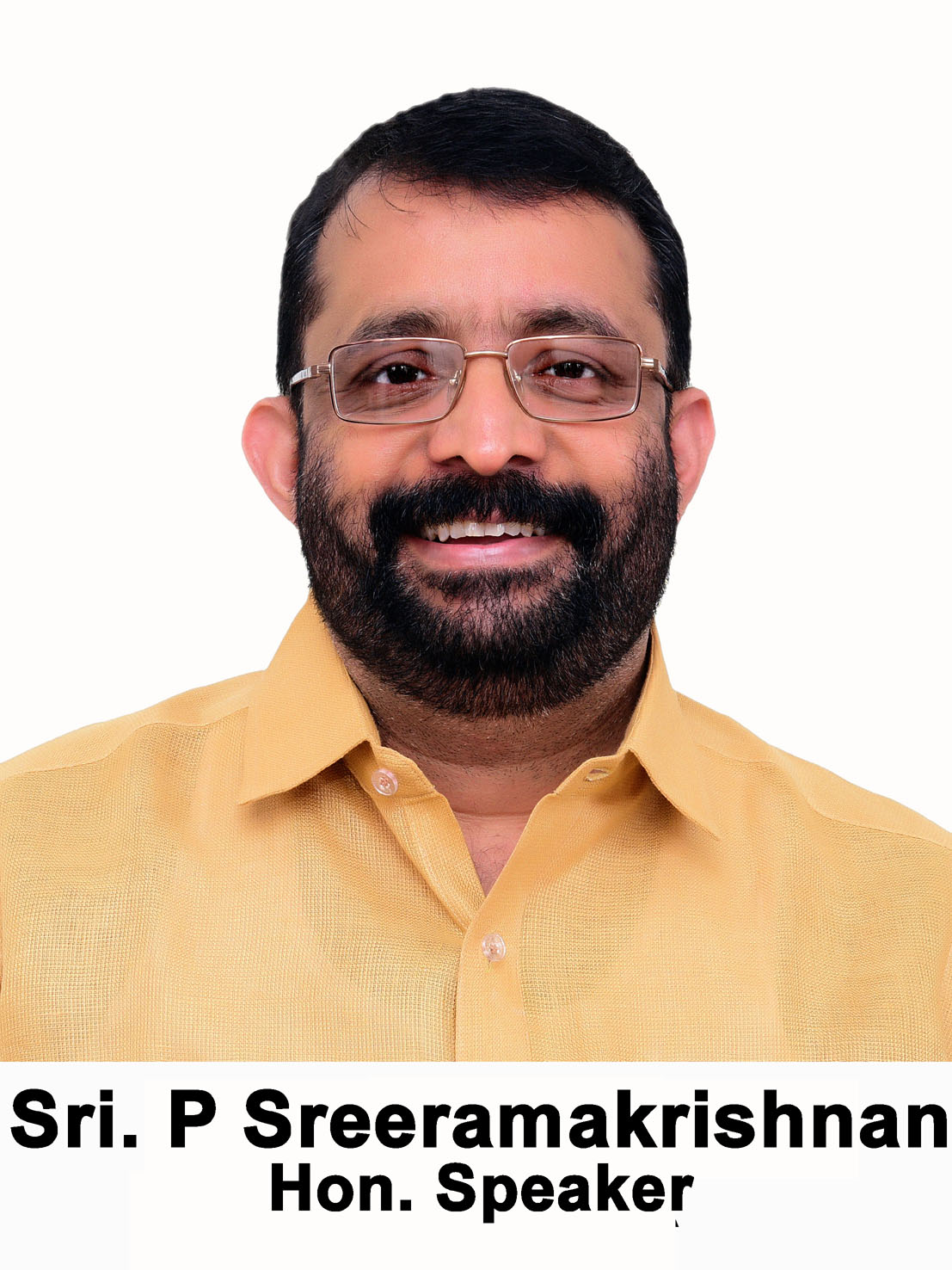 P. Sreeramakrishnan
P. Sreeramakrishnan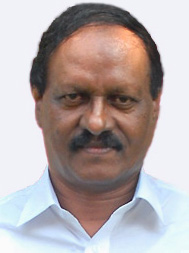 Shri V.Sasi
Shri V.Sasi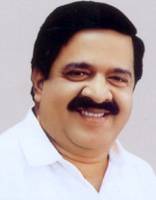 Shri. Ramesh Chennitala
Shri. Ramesh Chennitala
